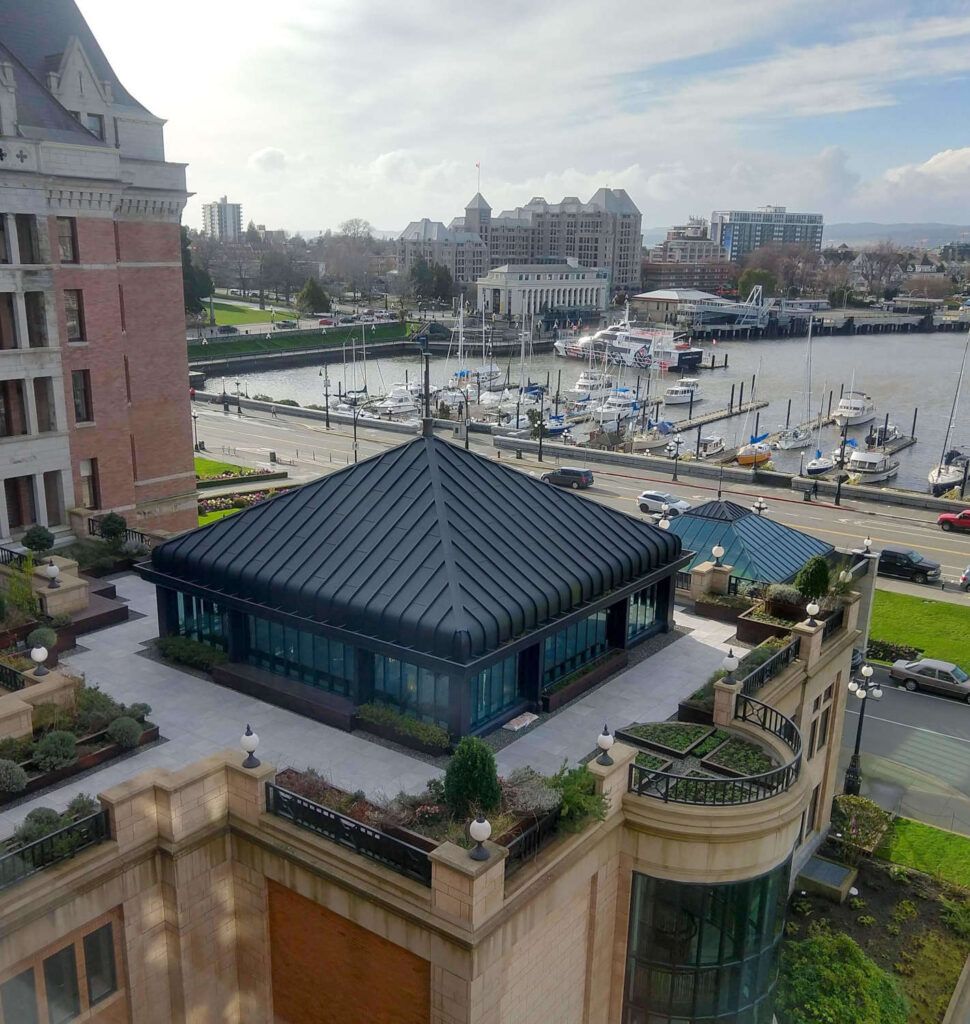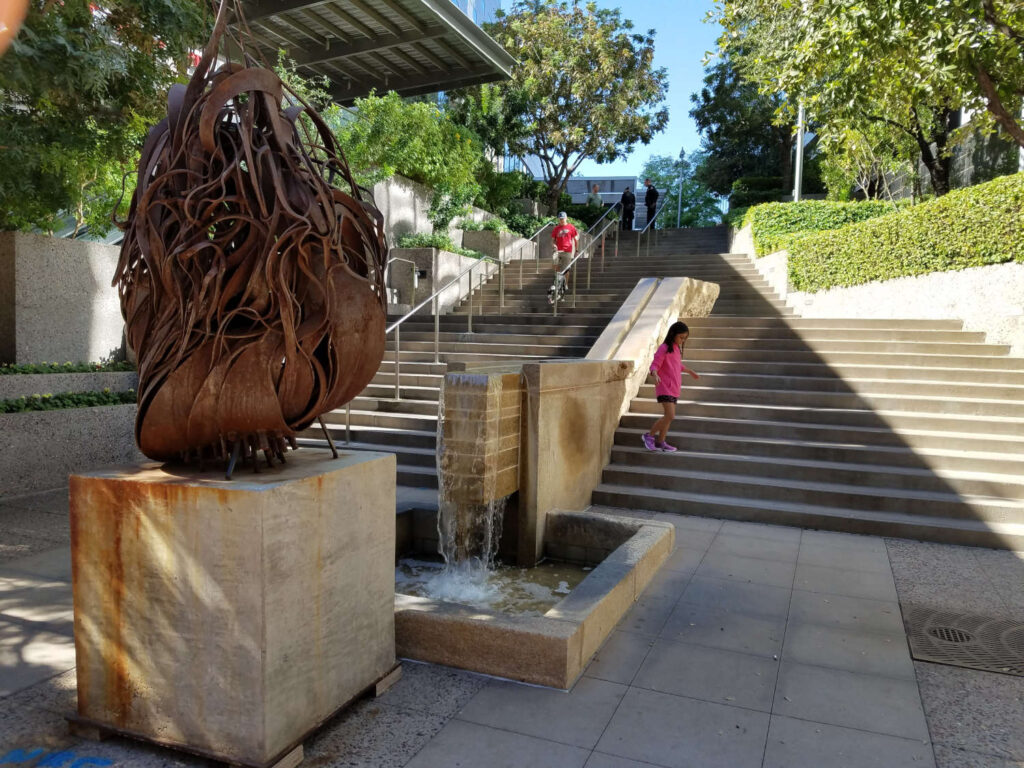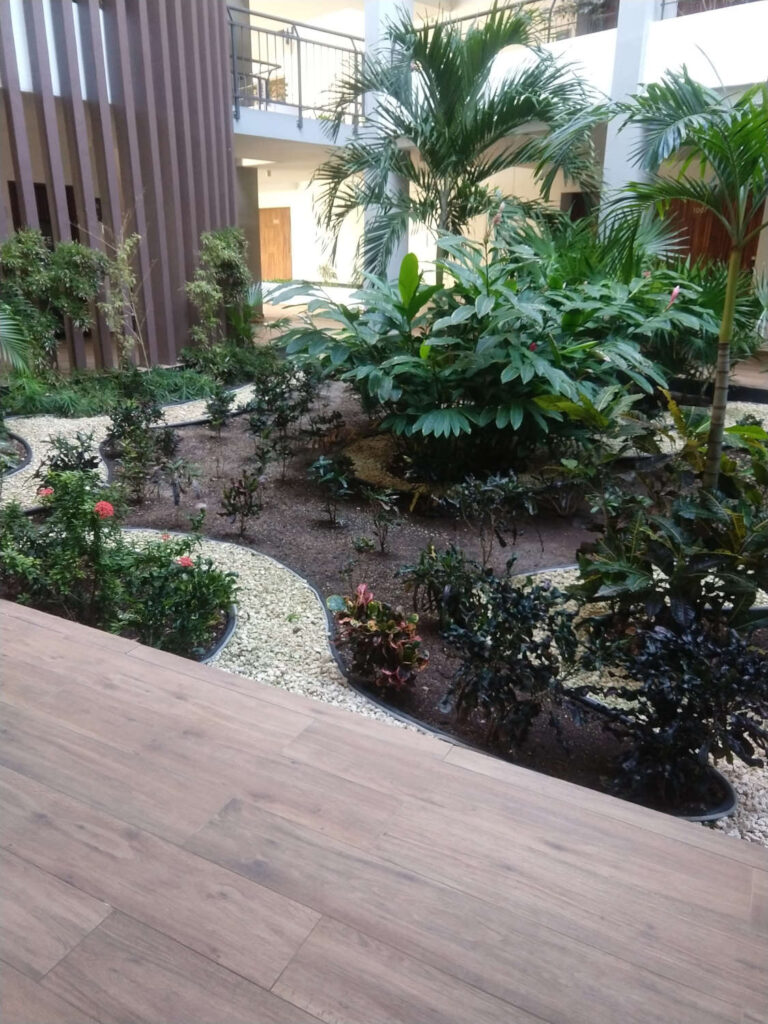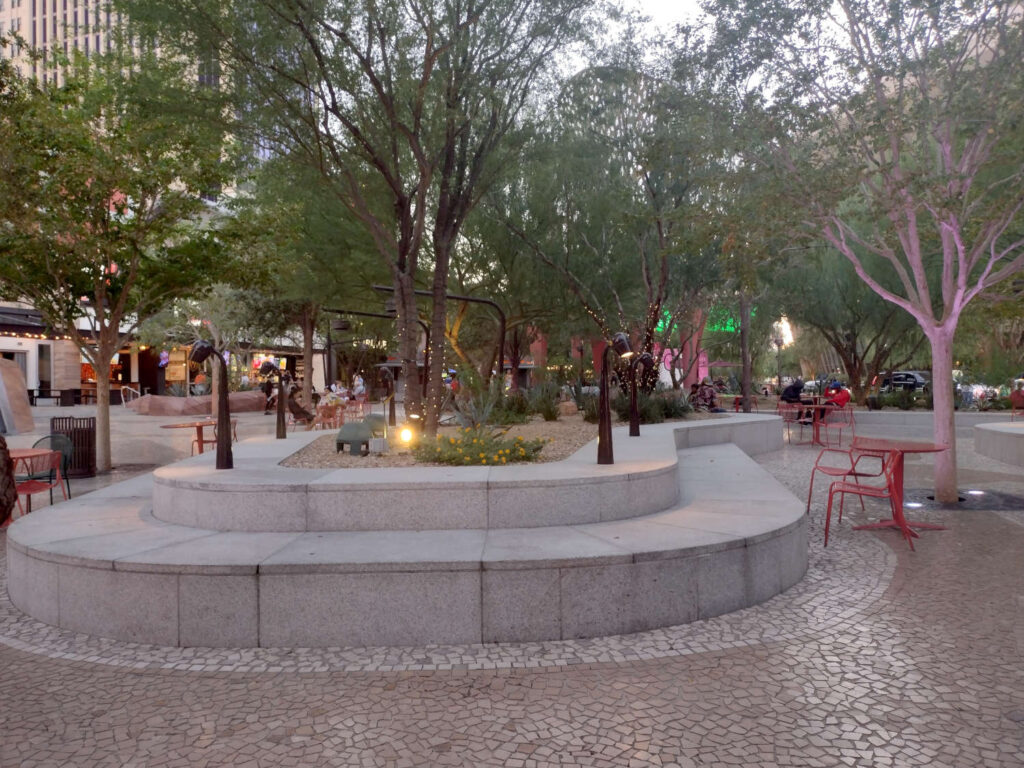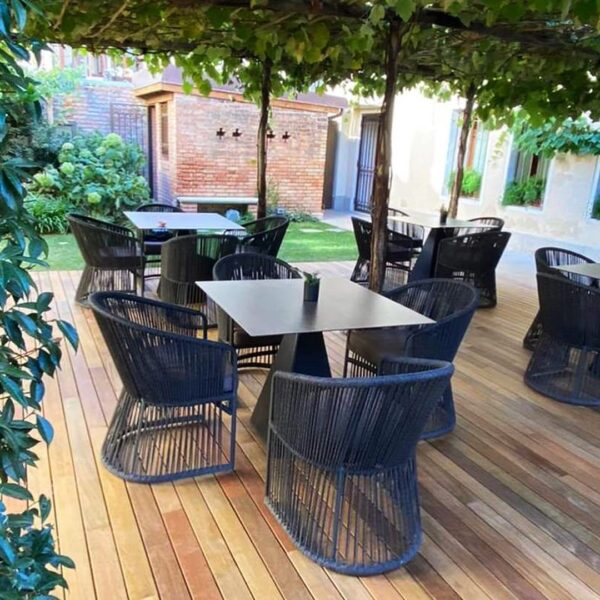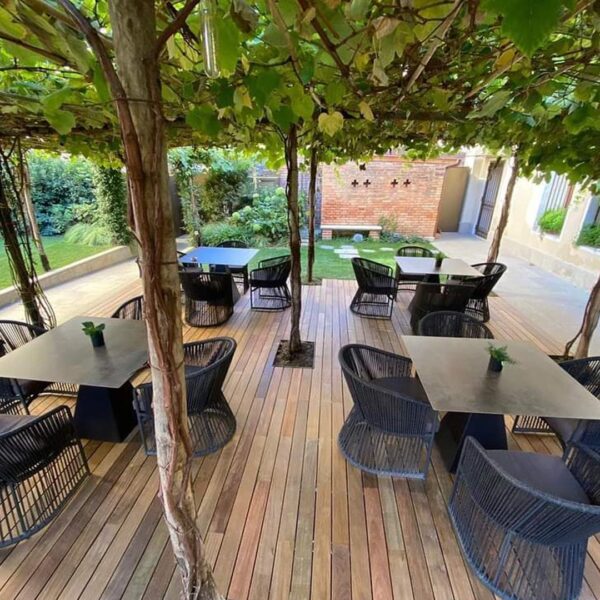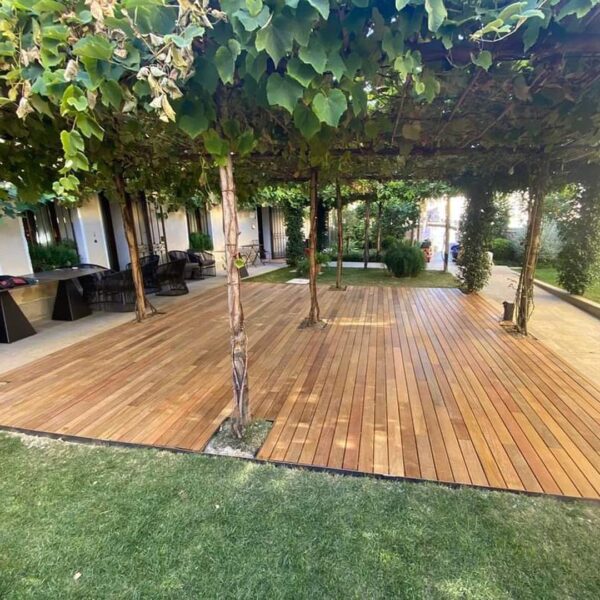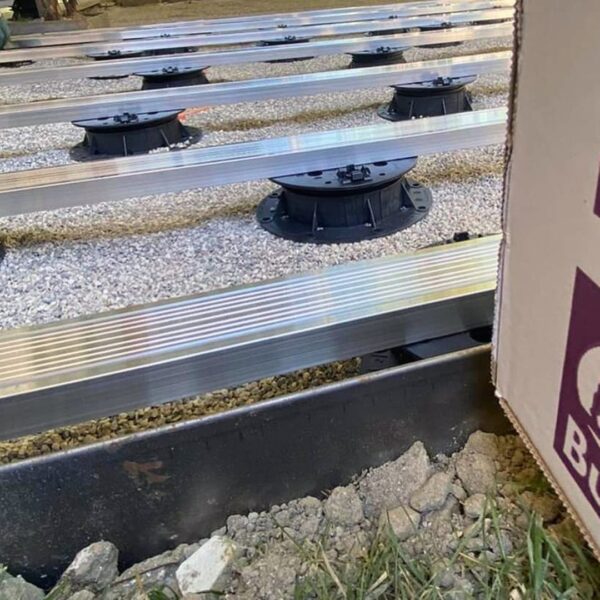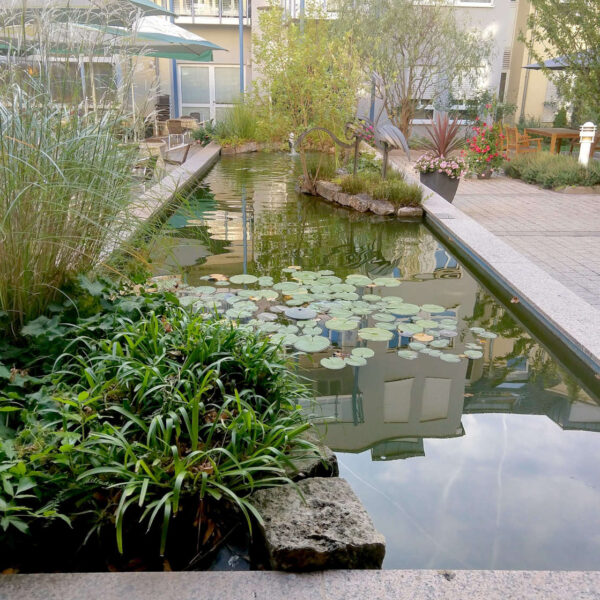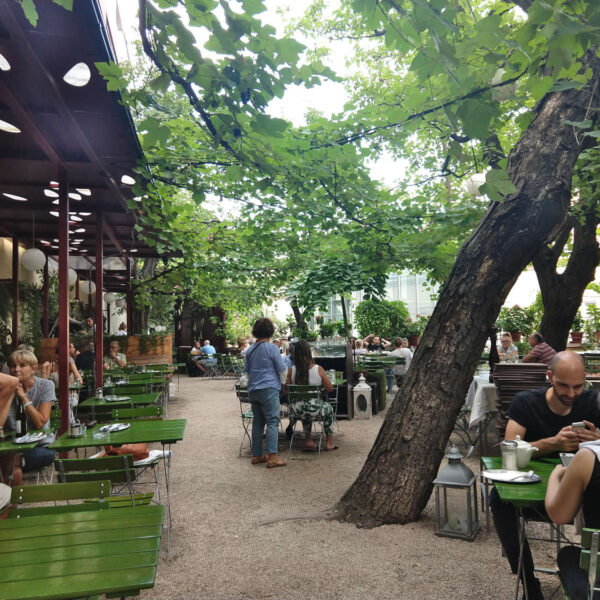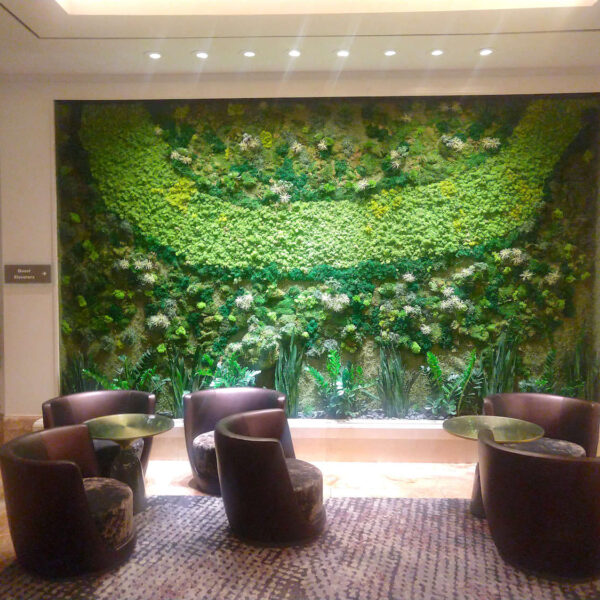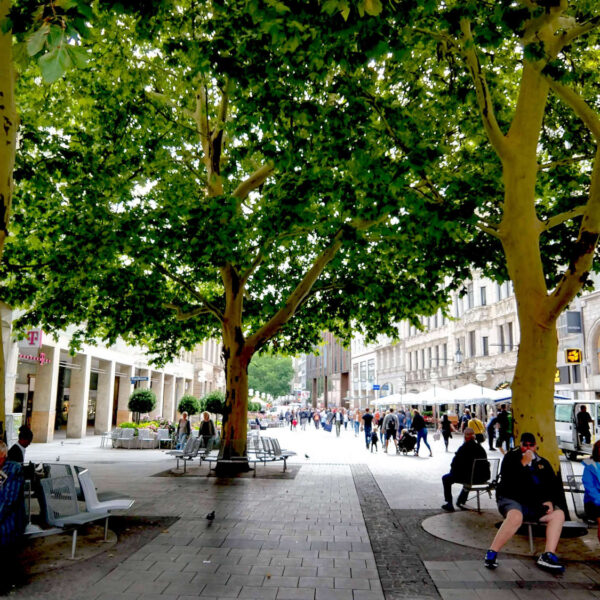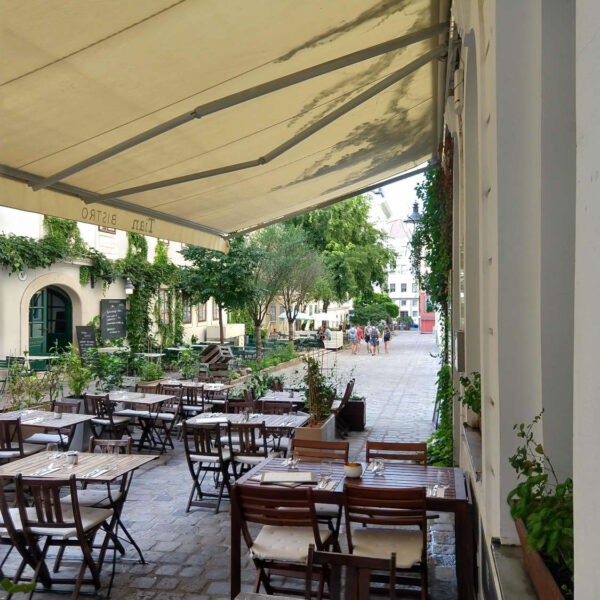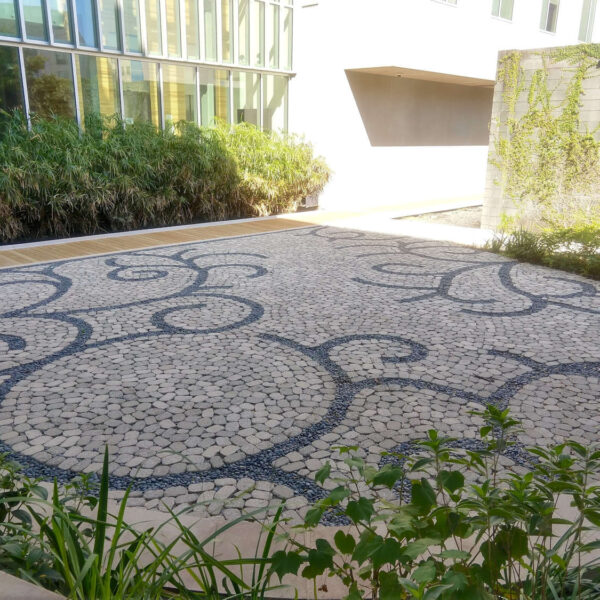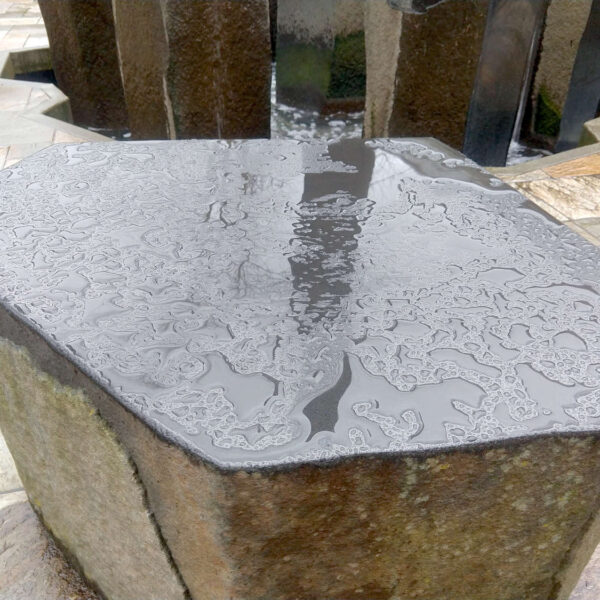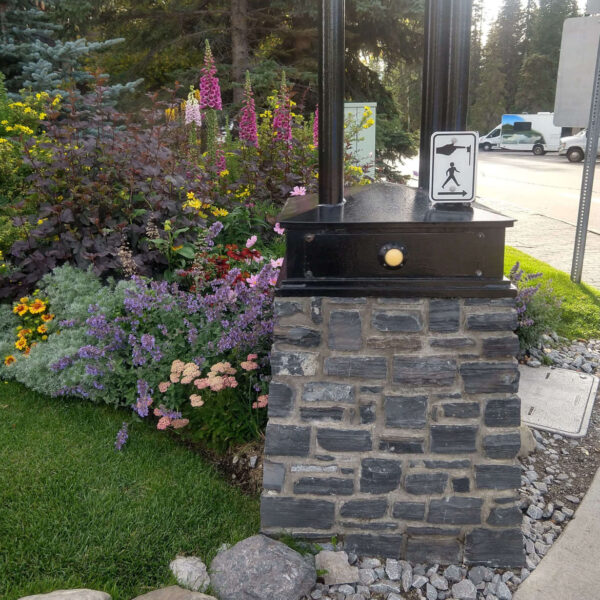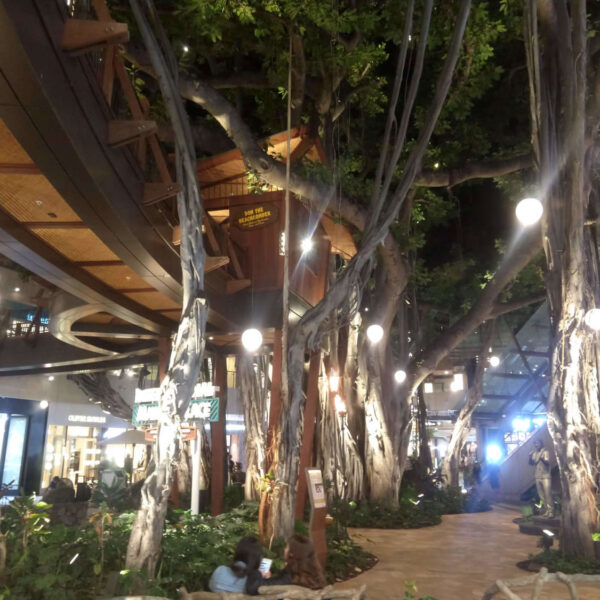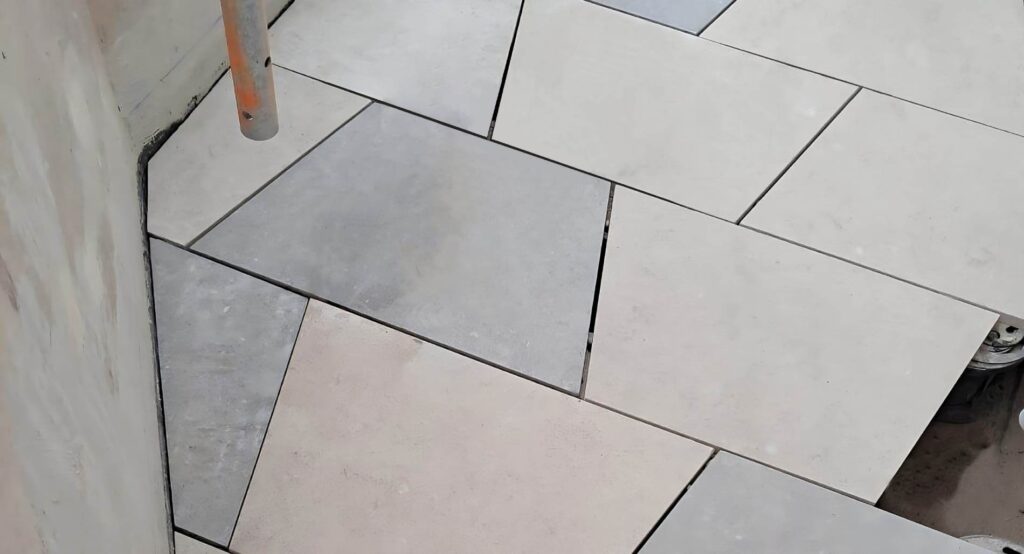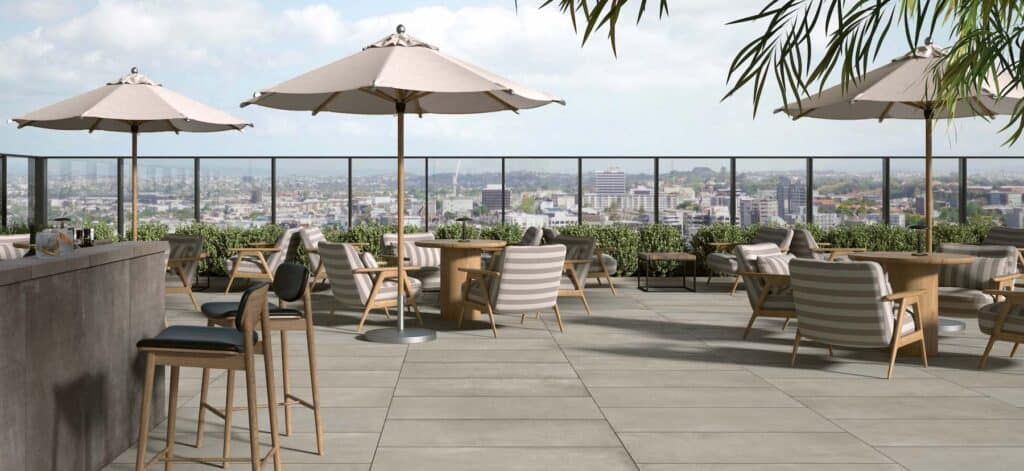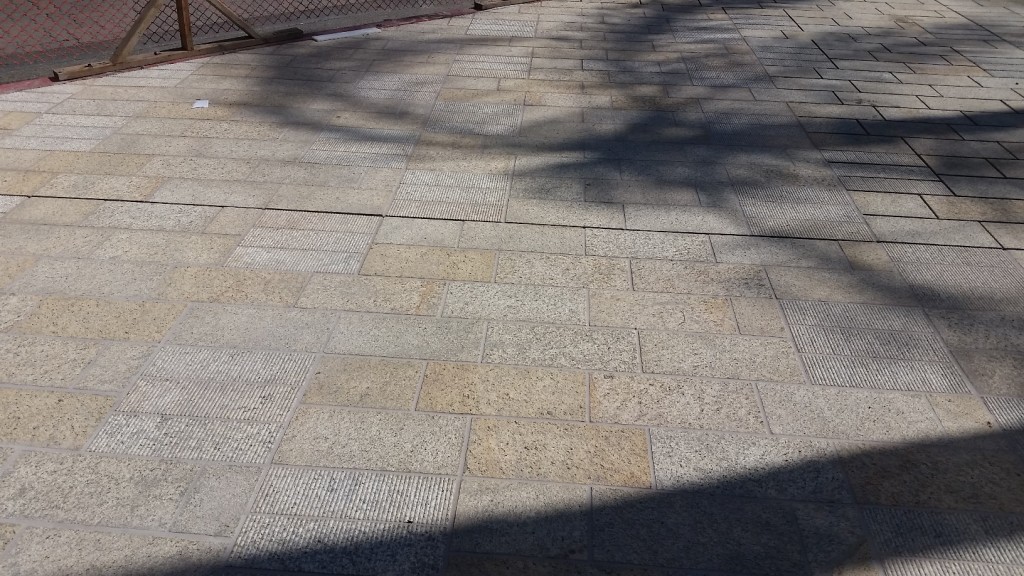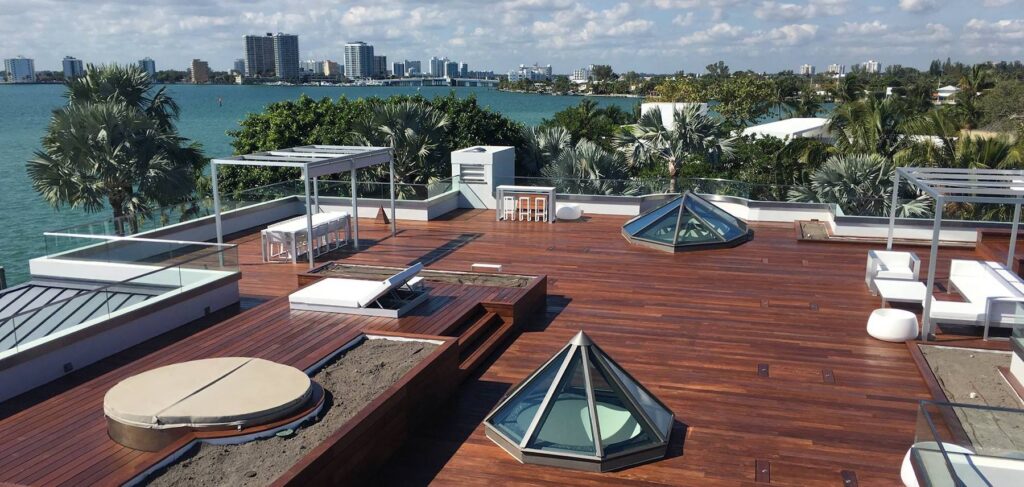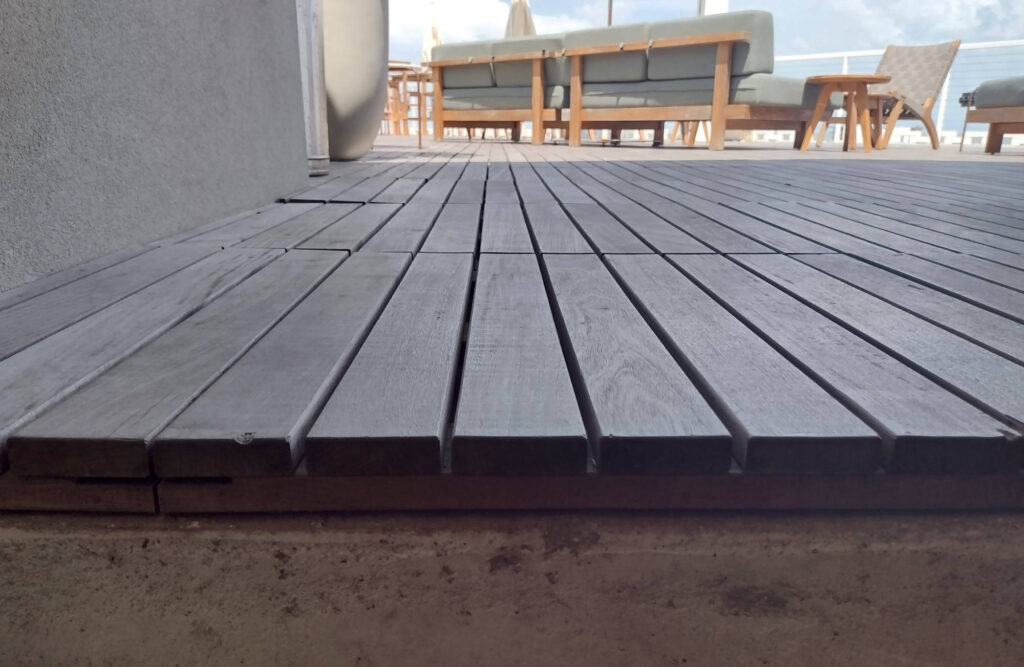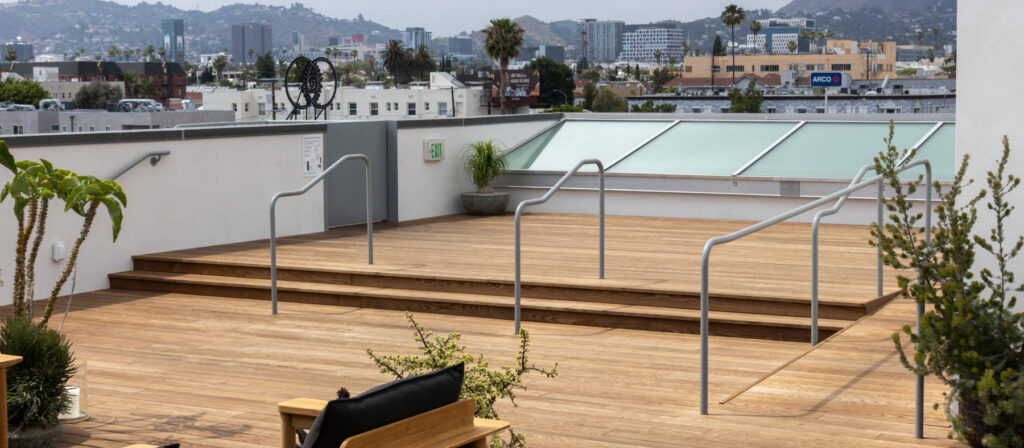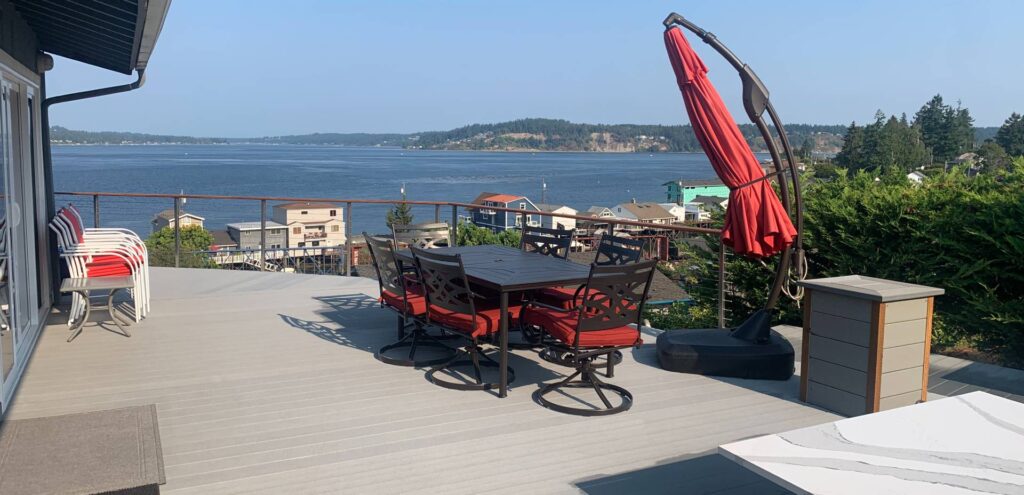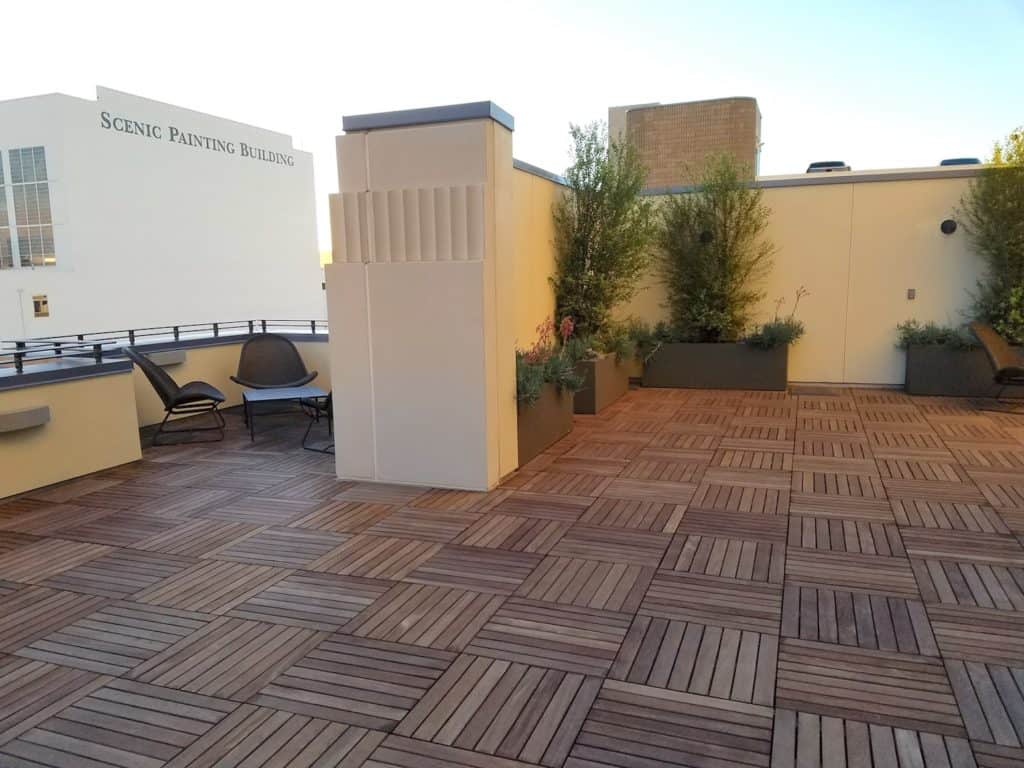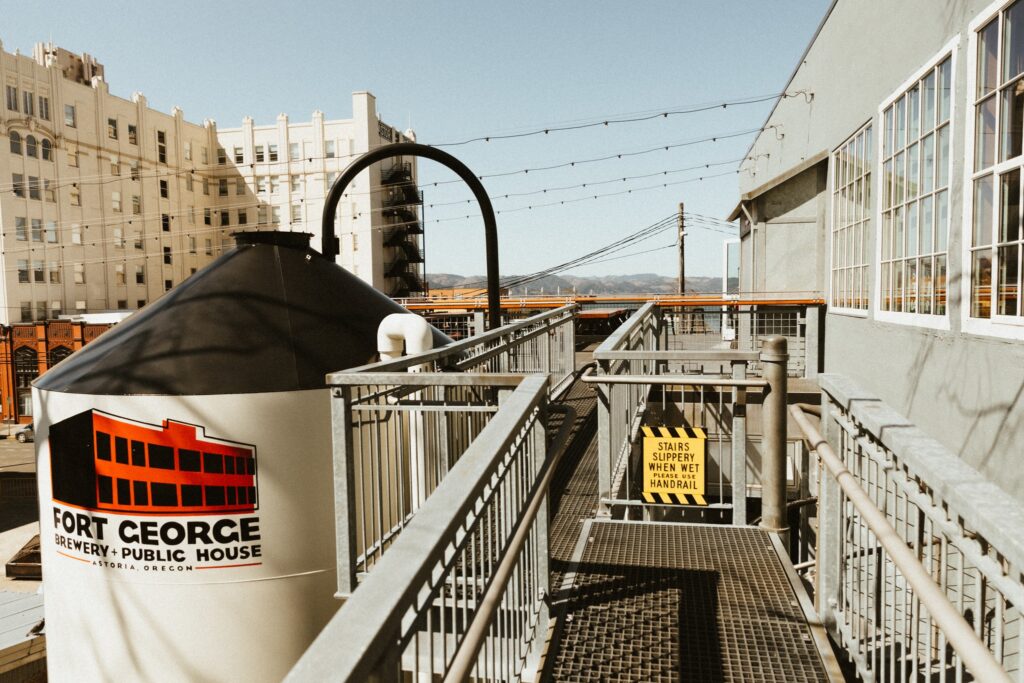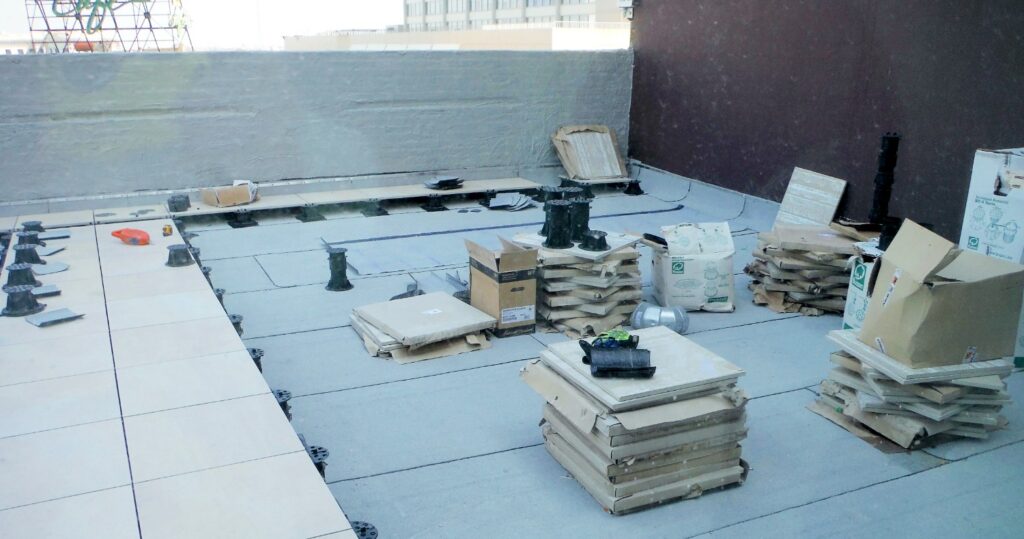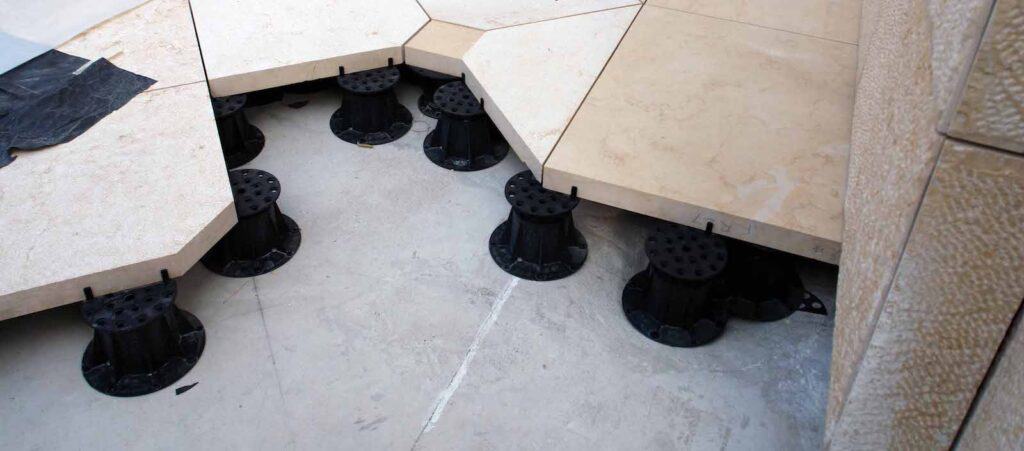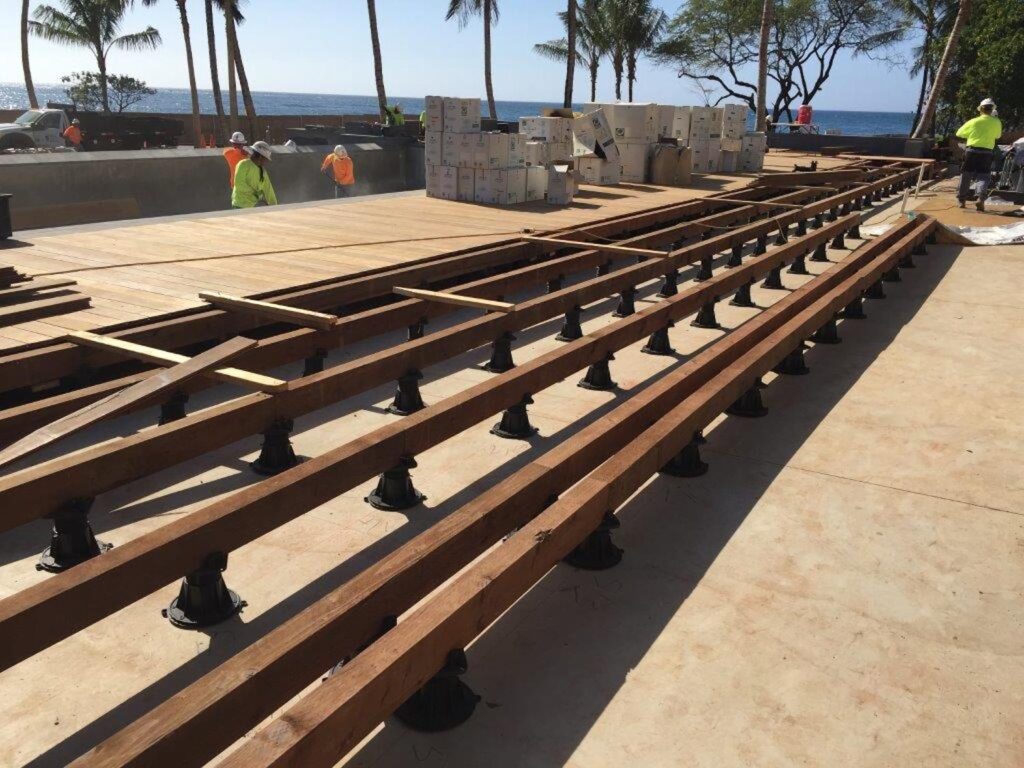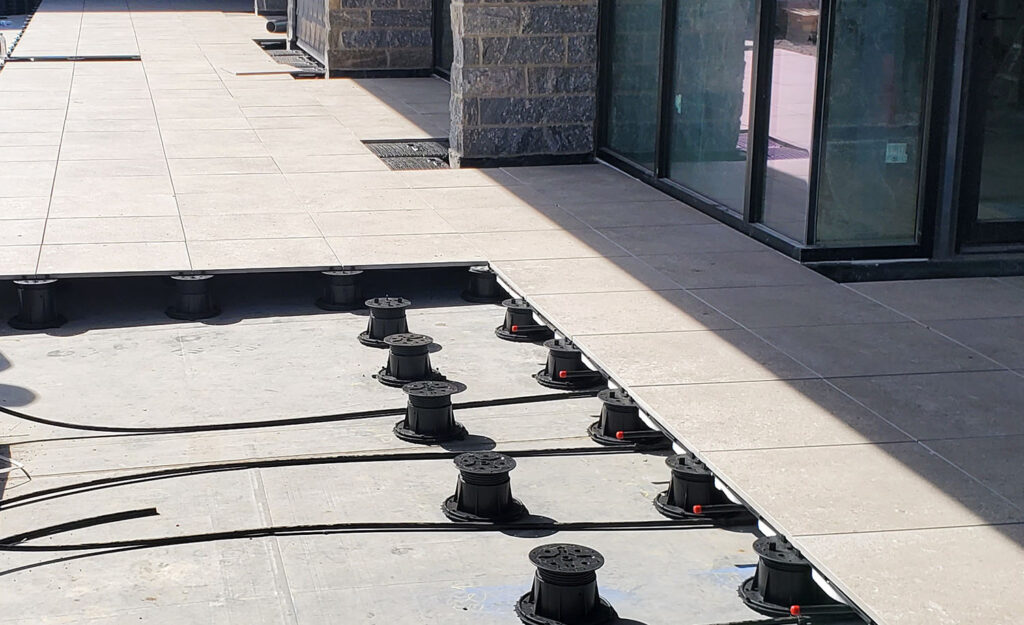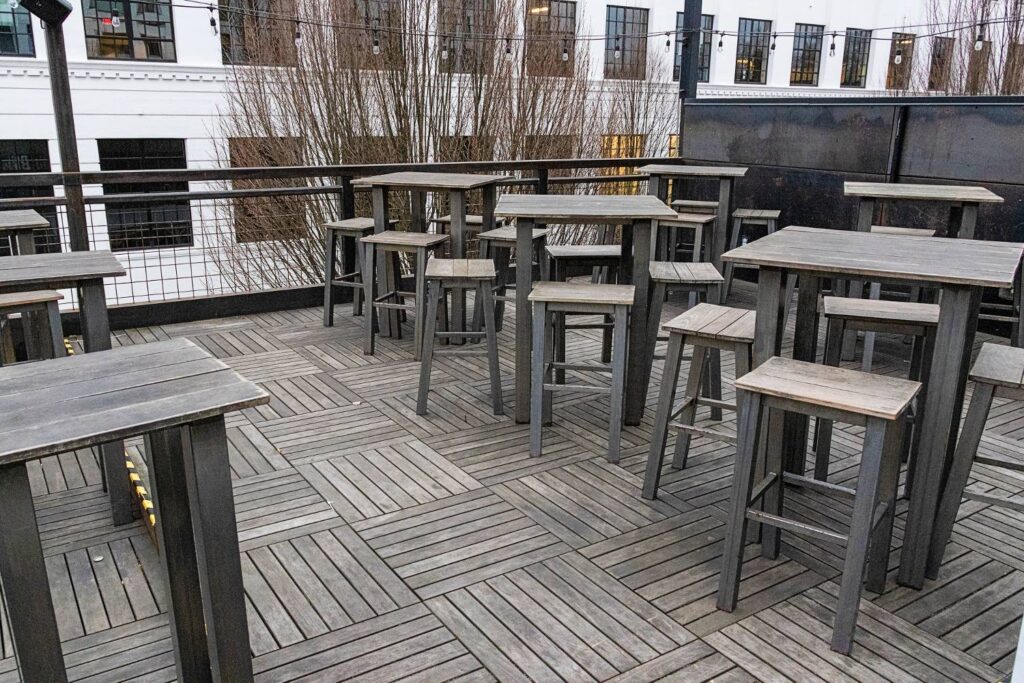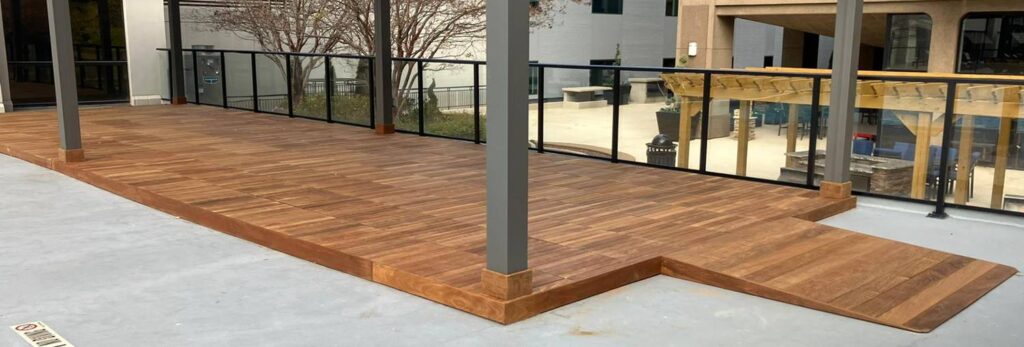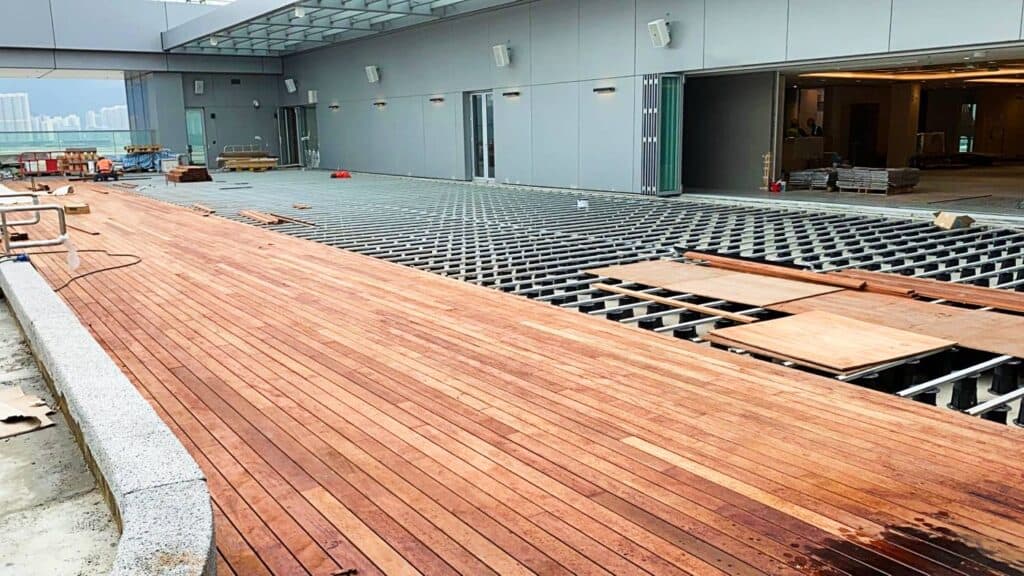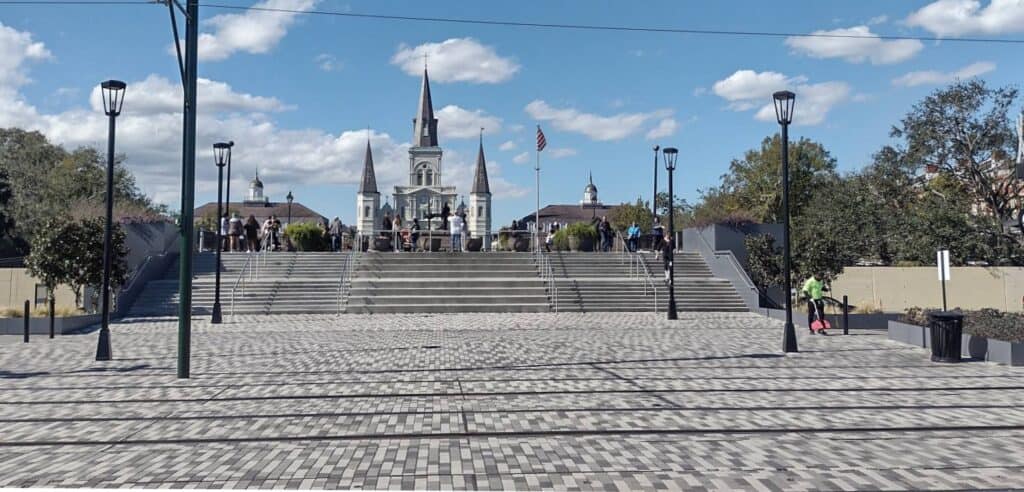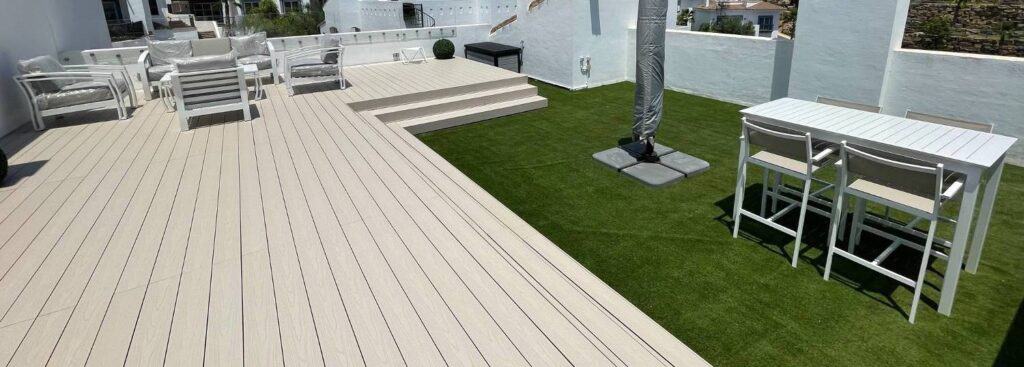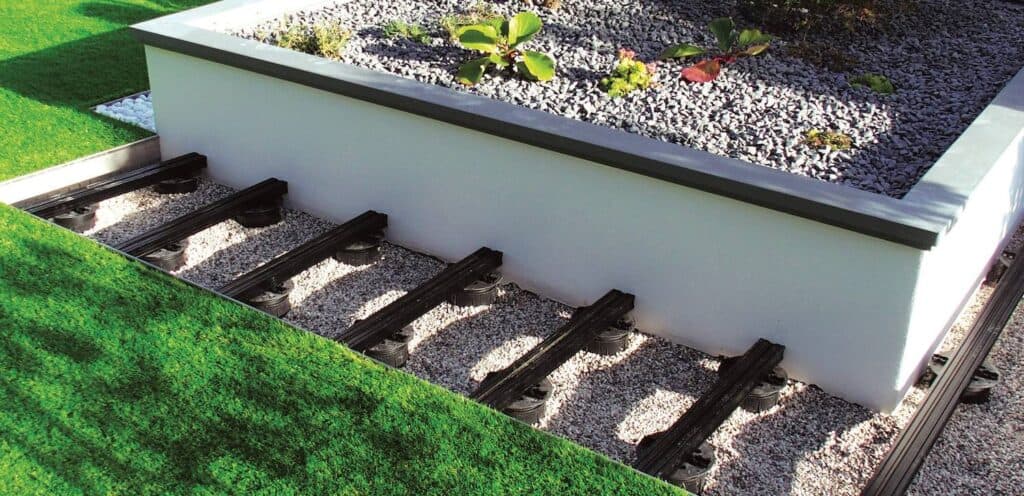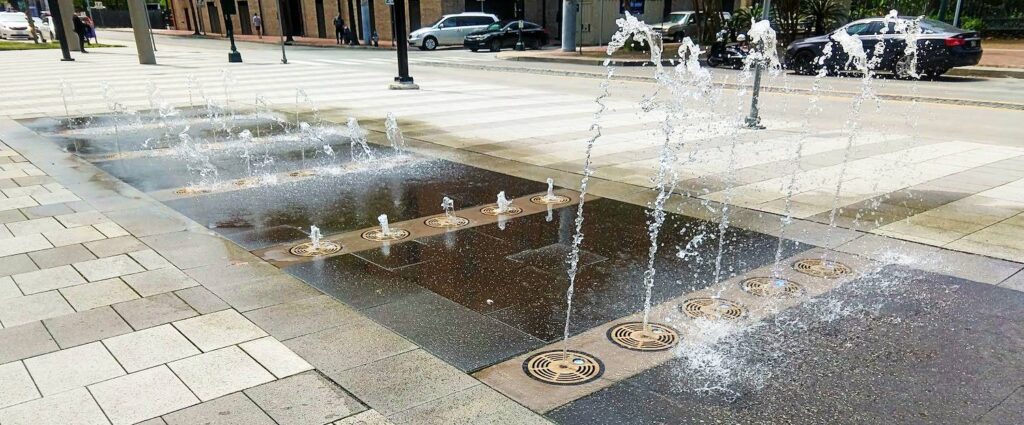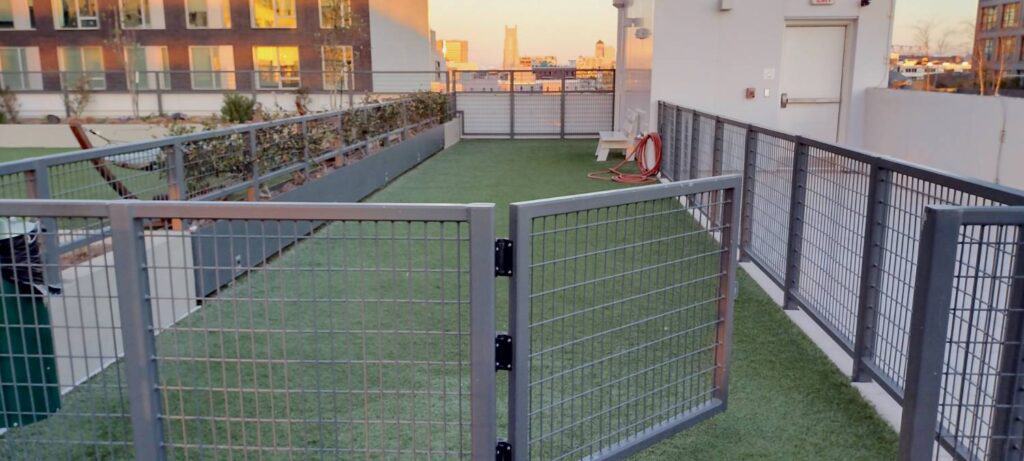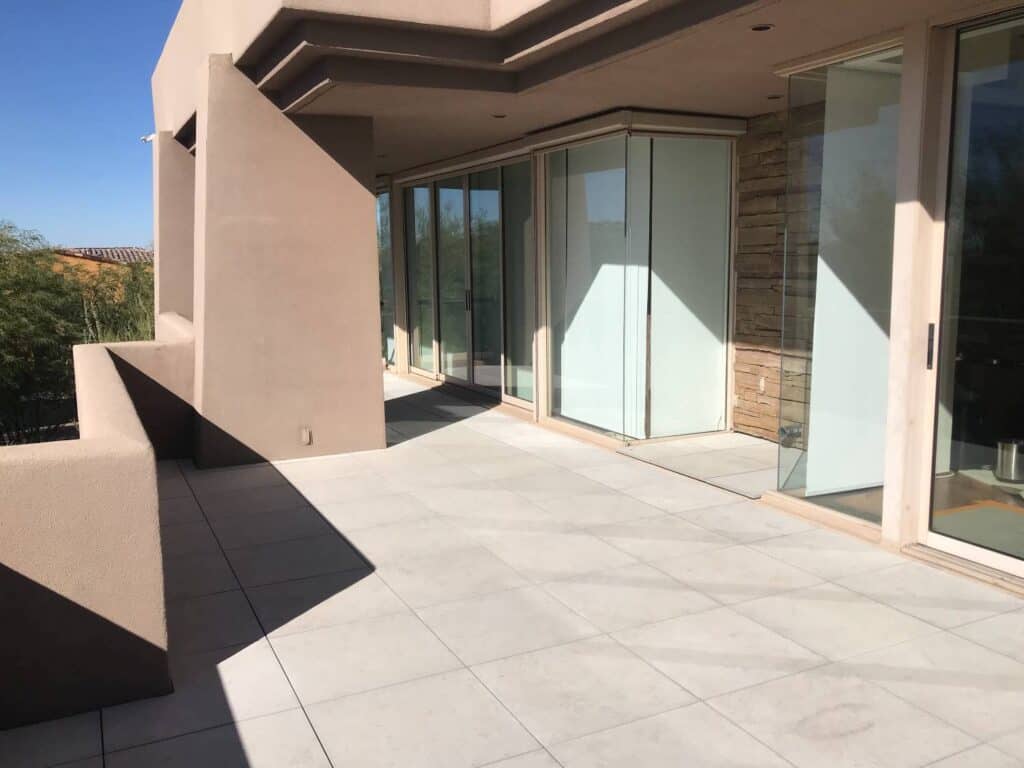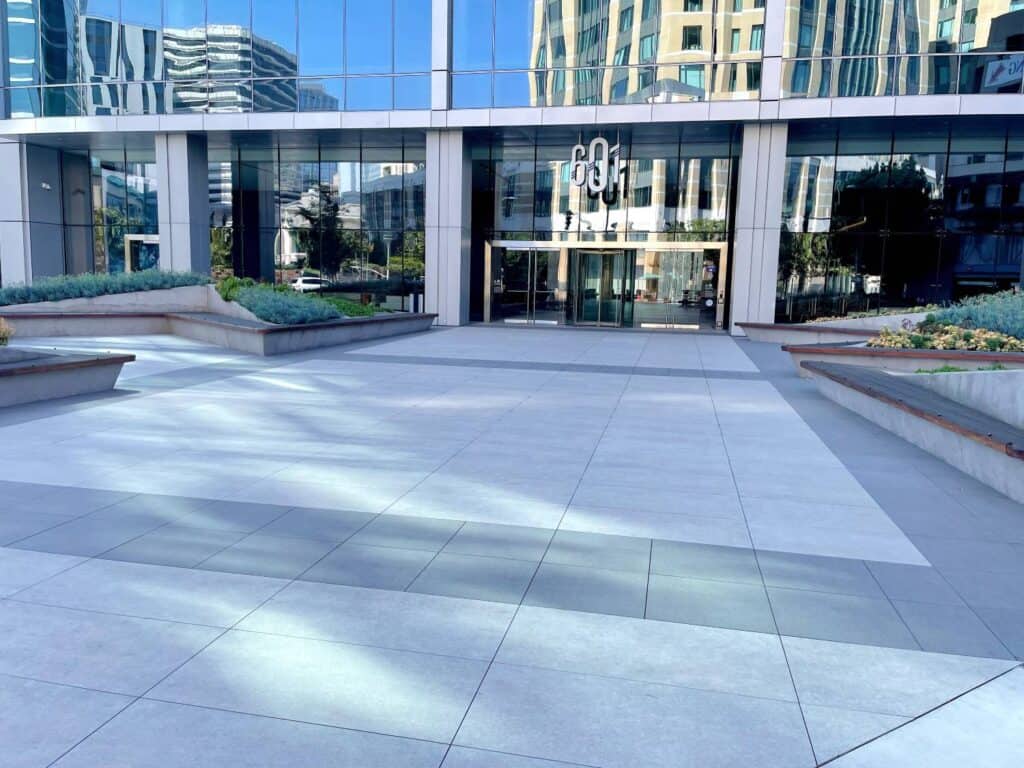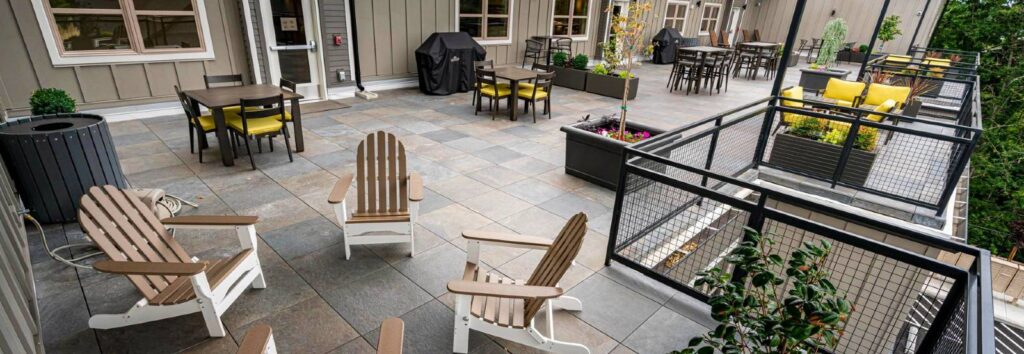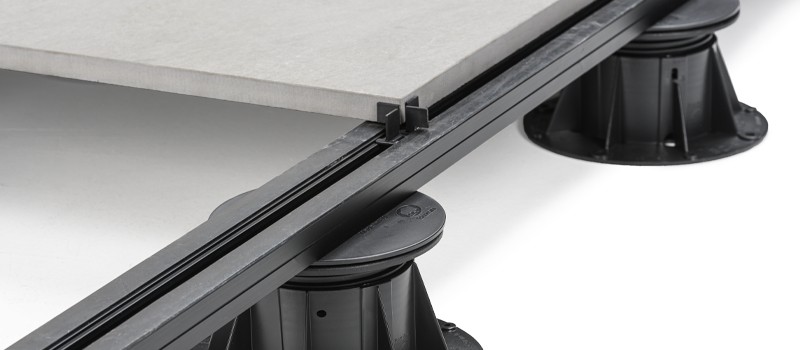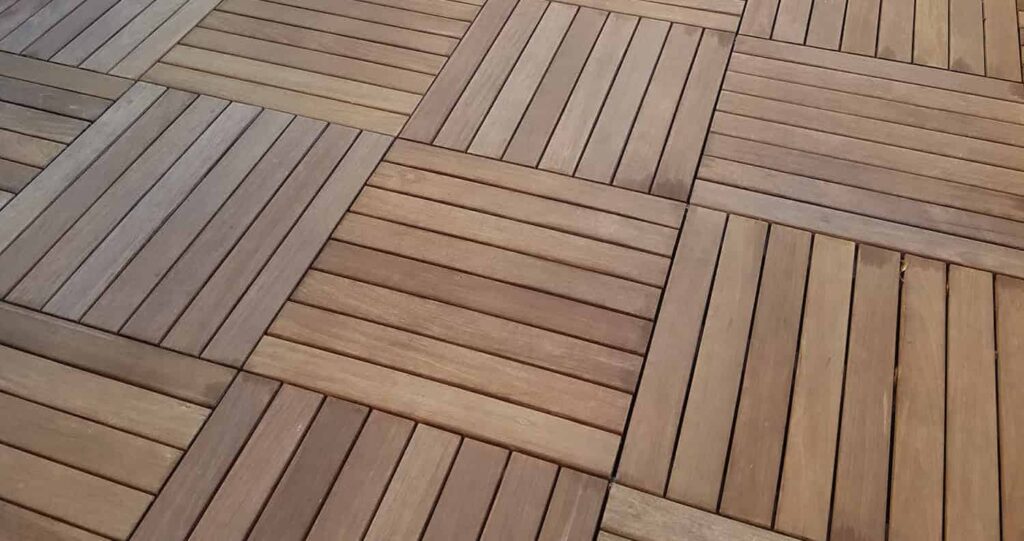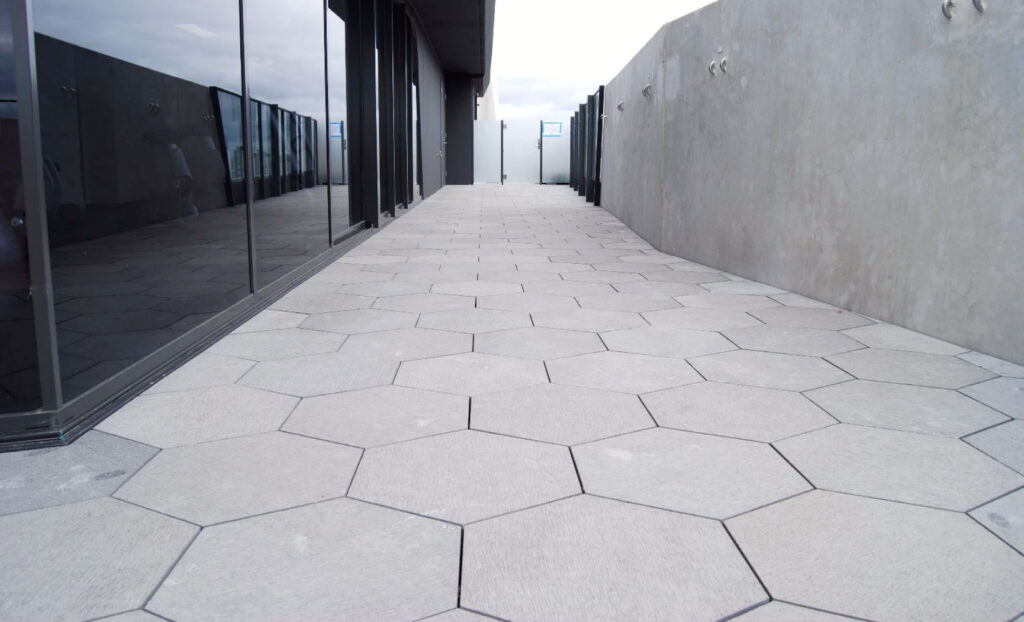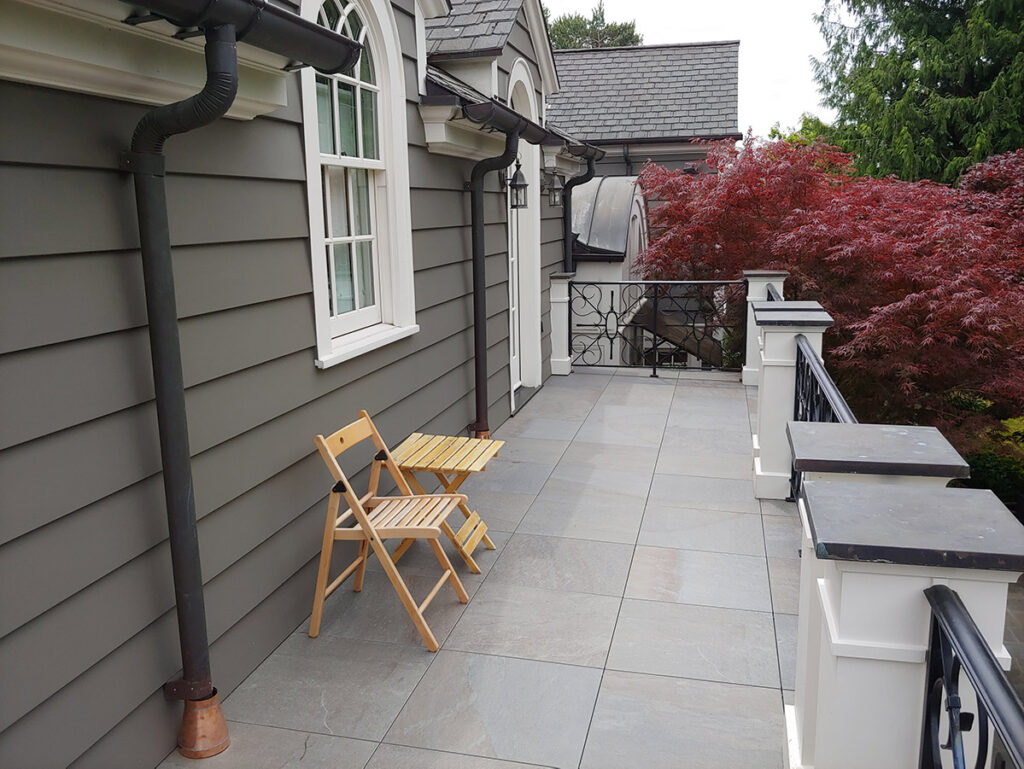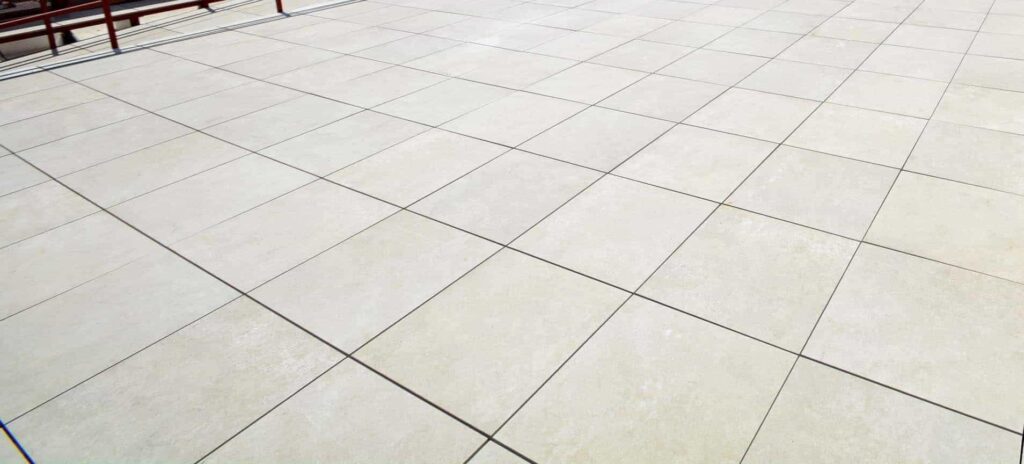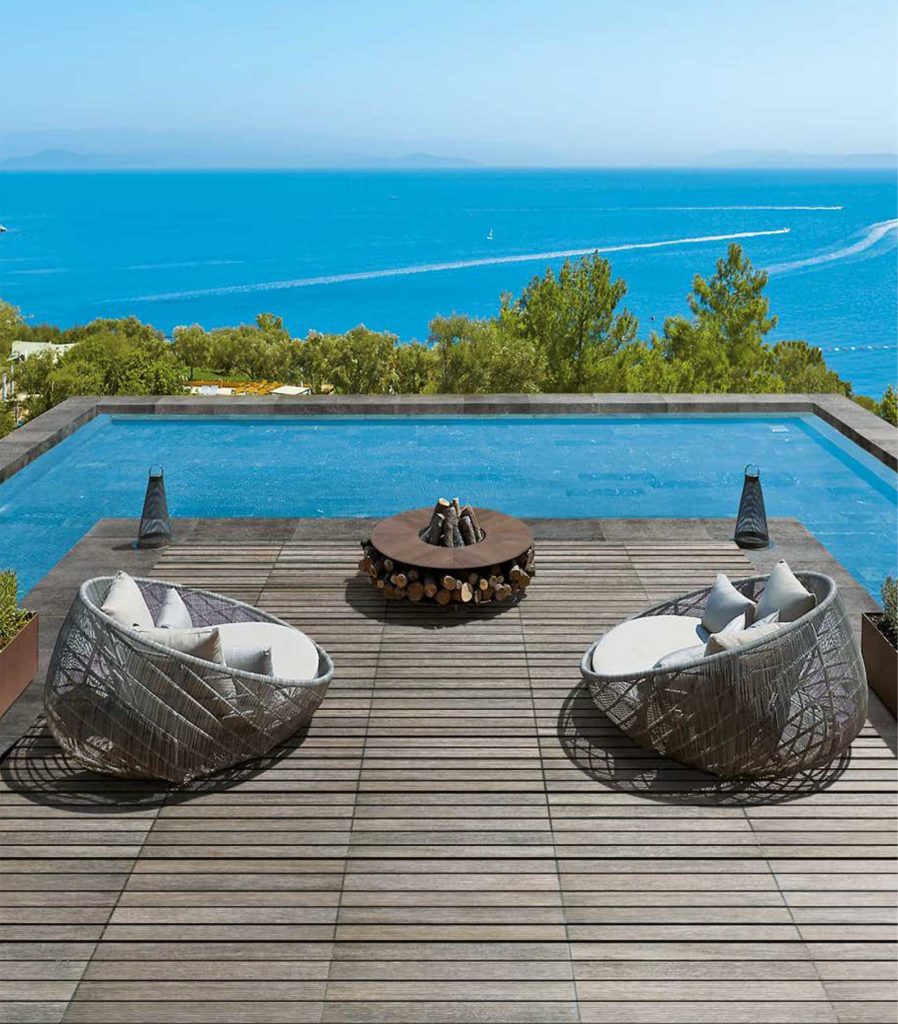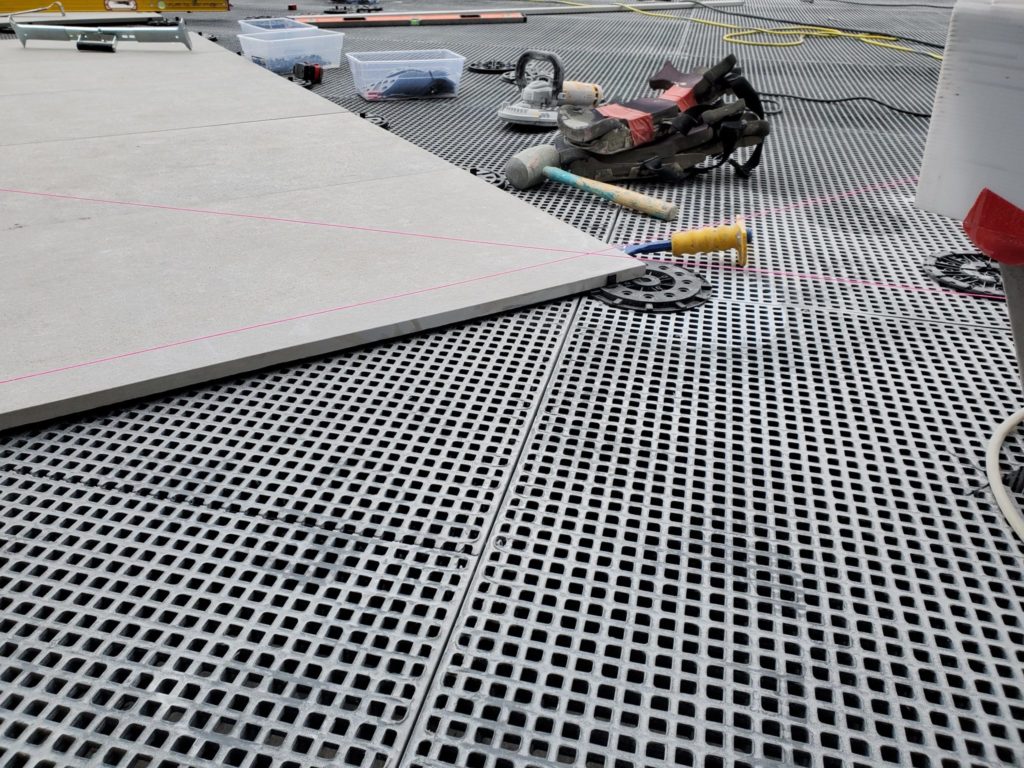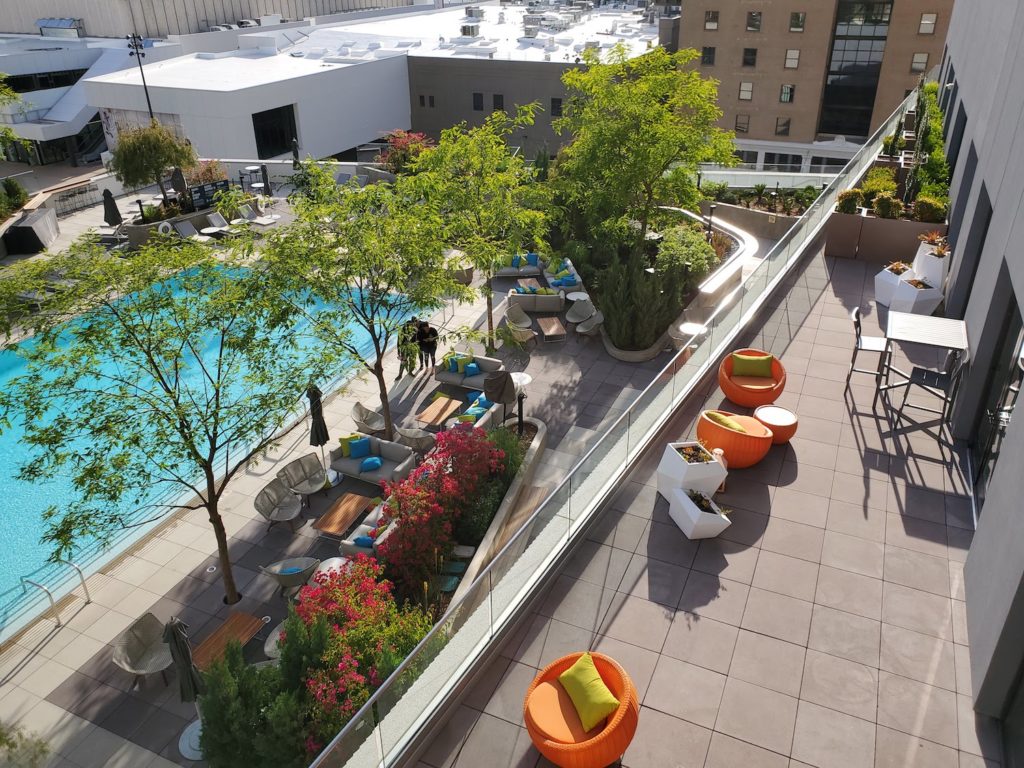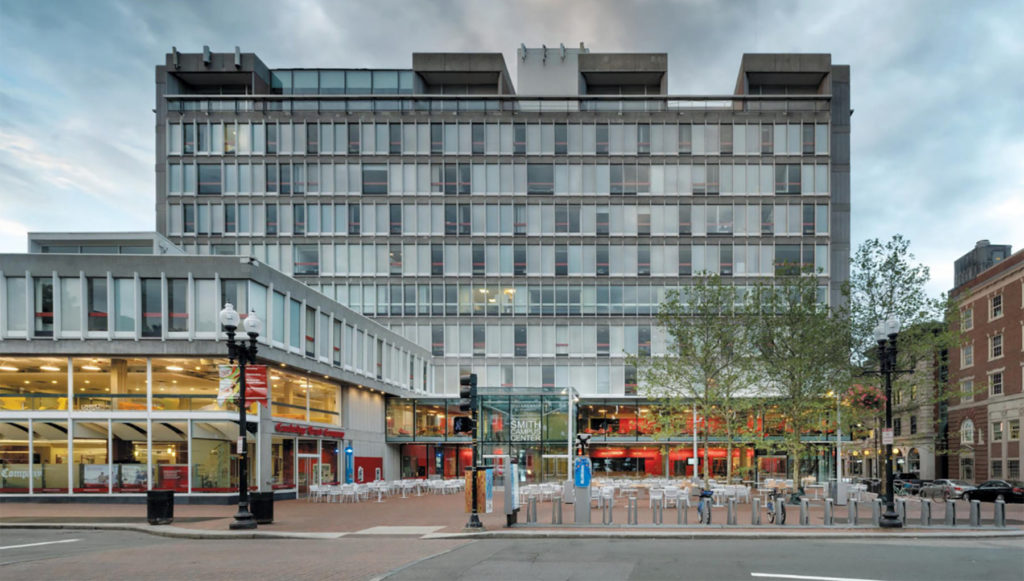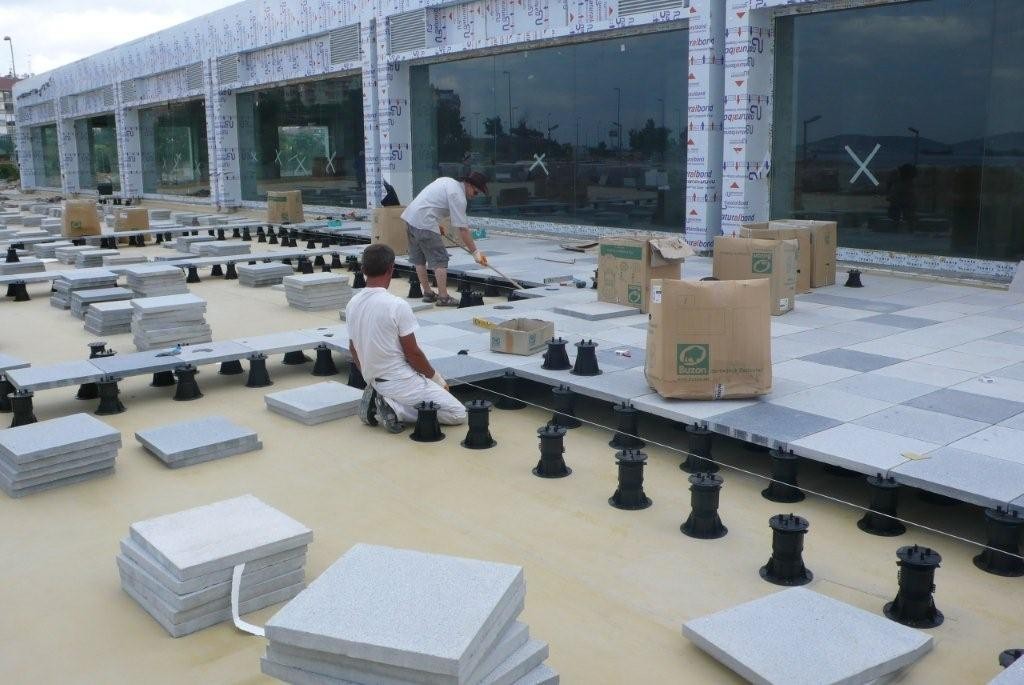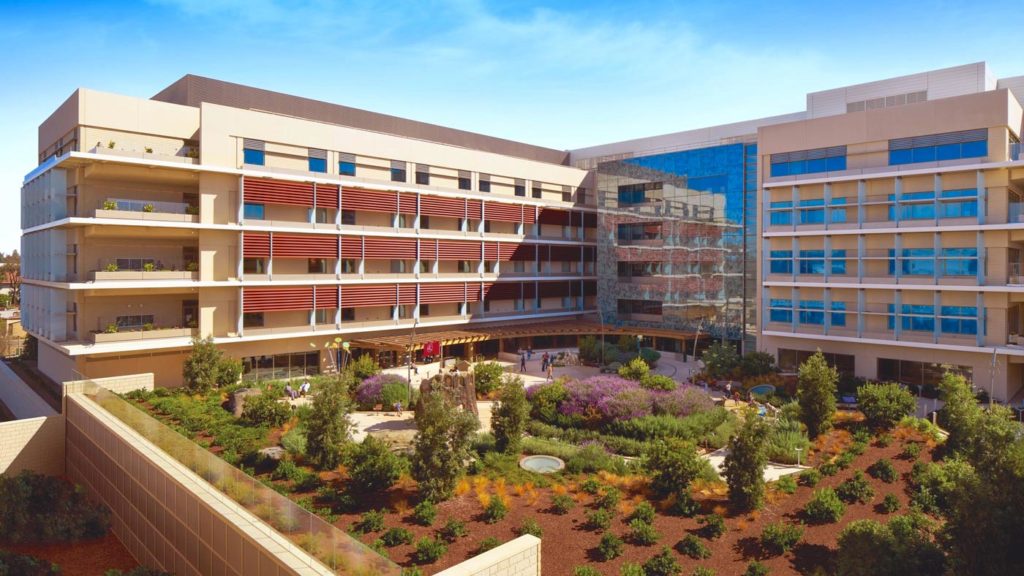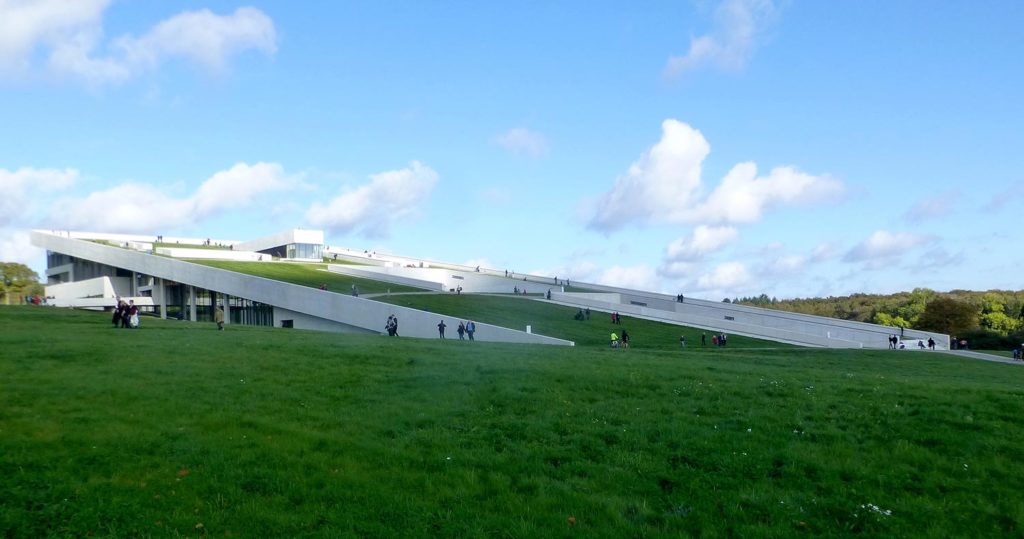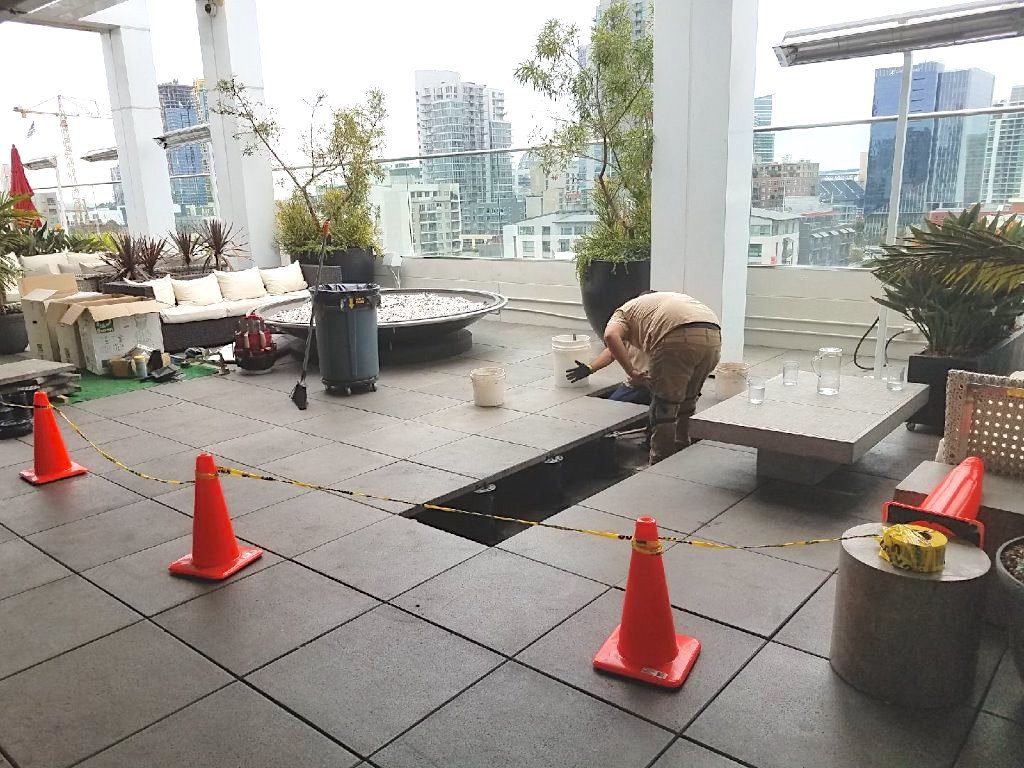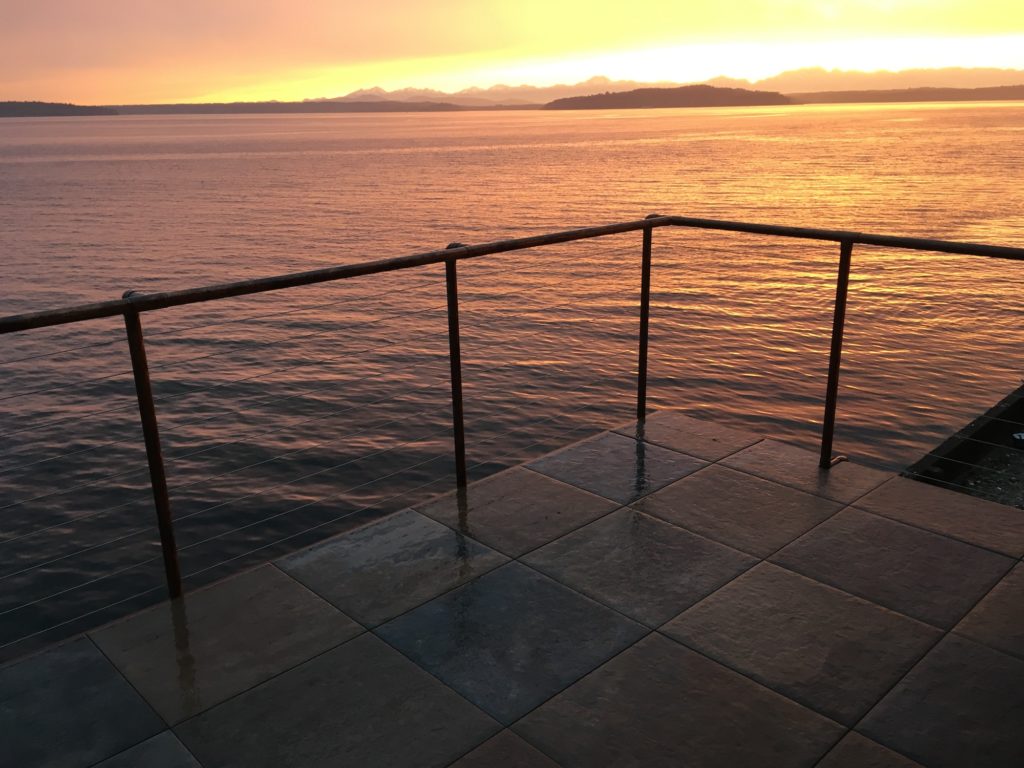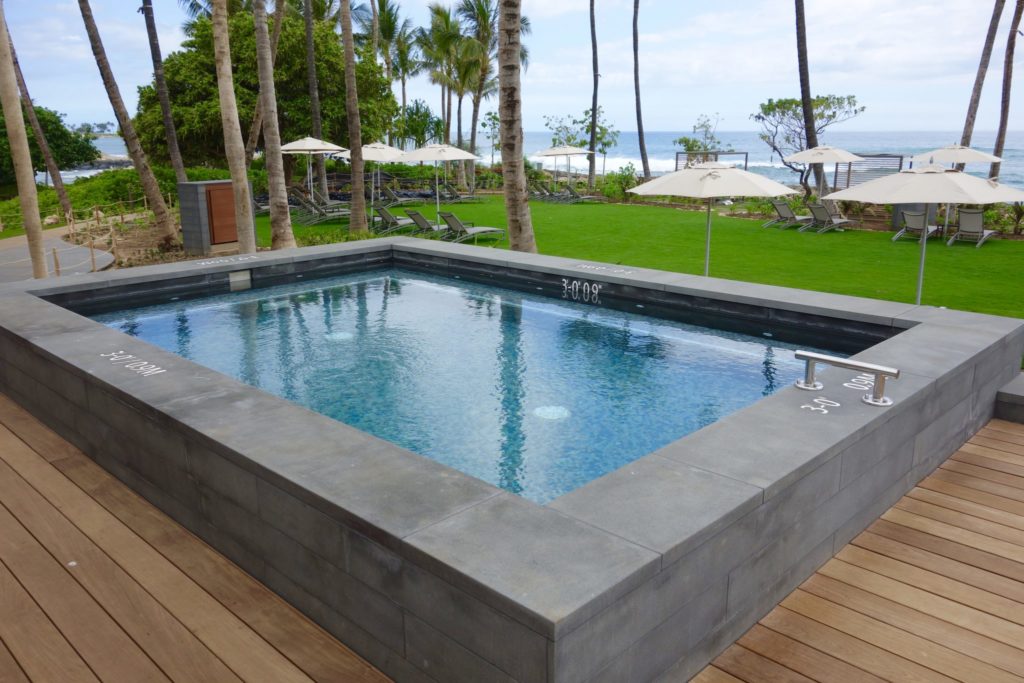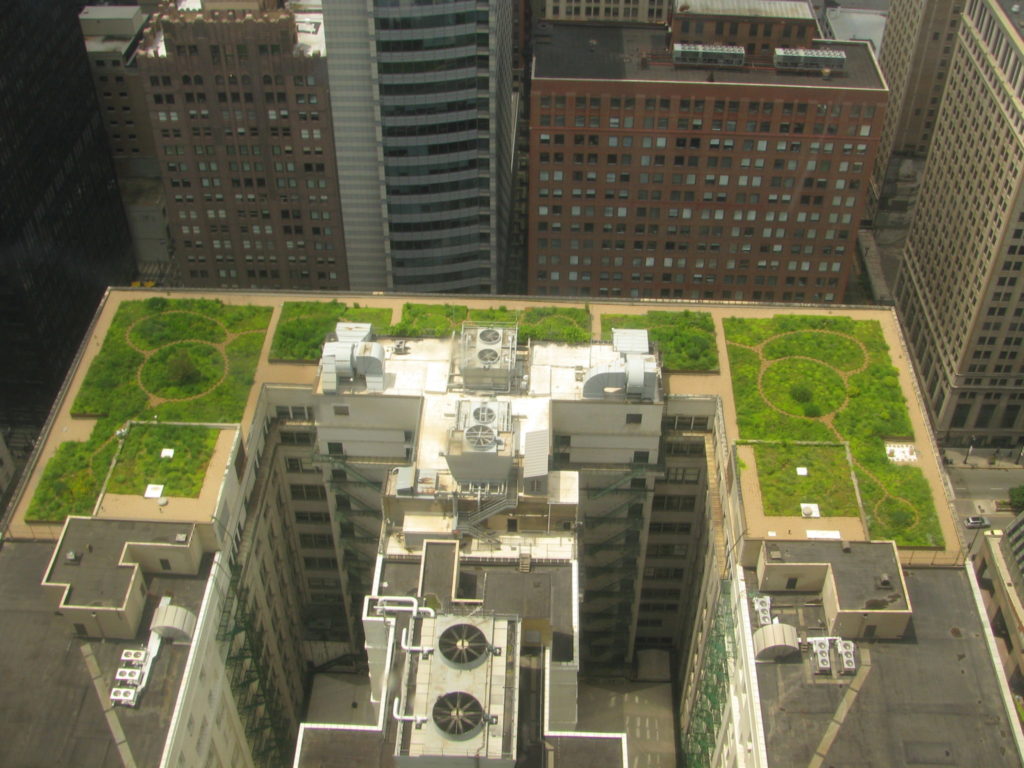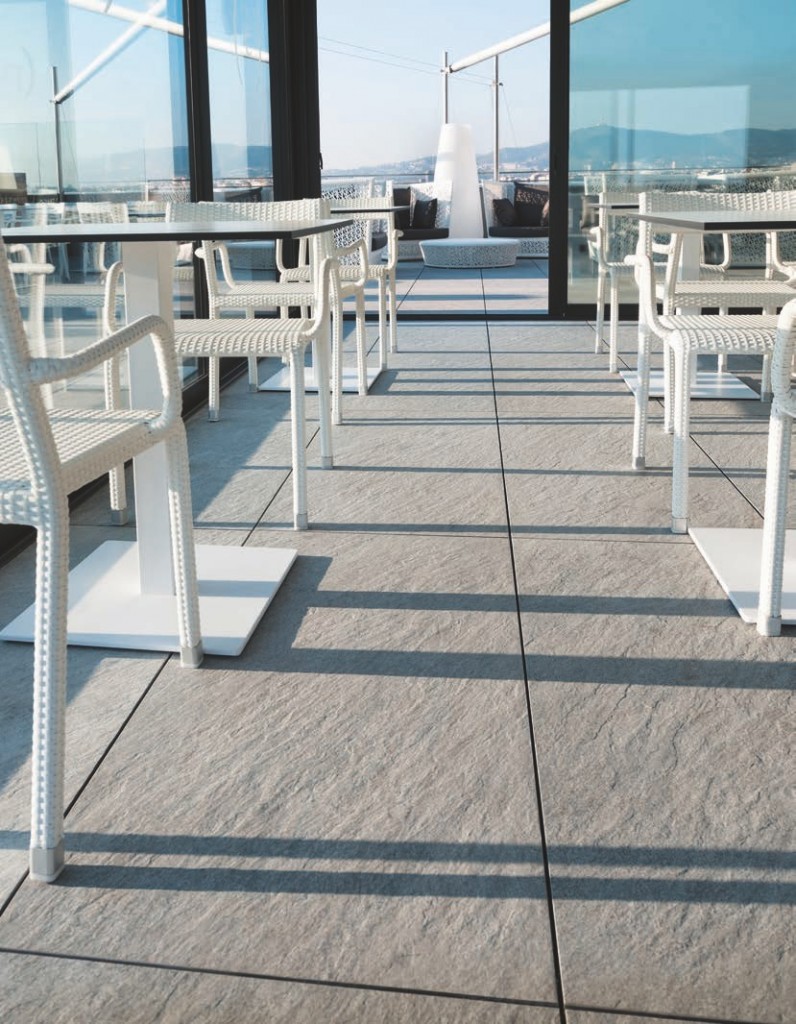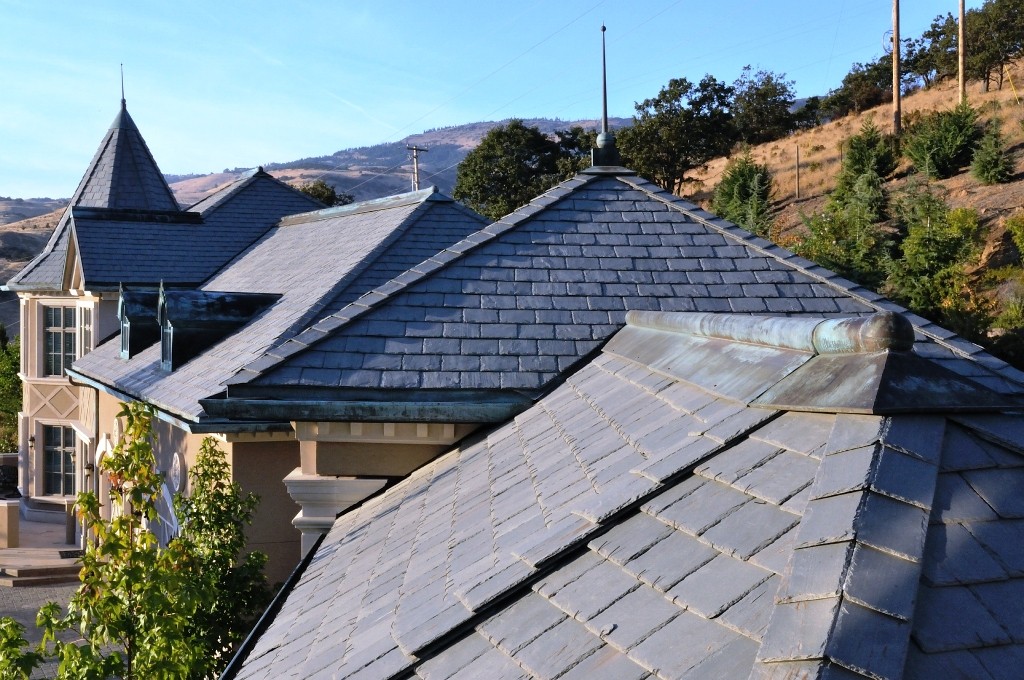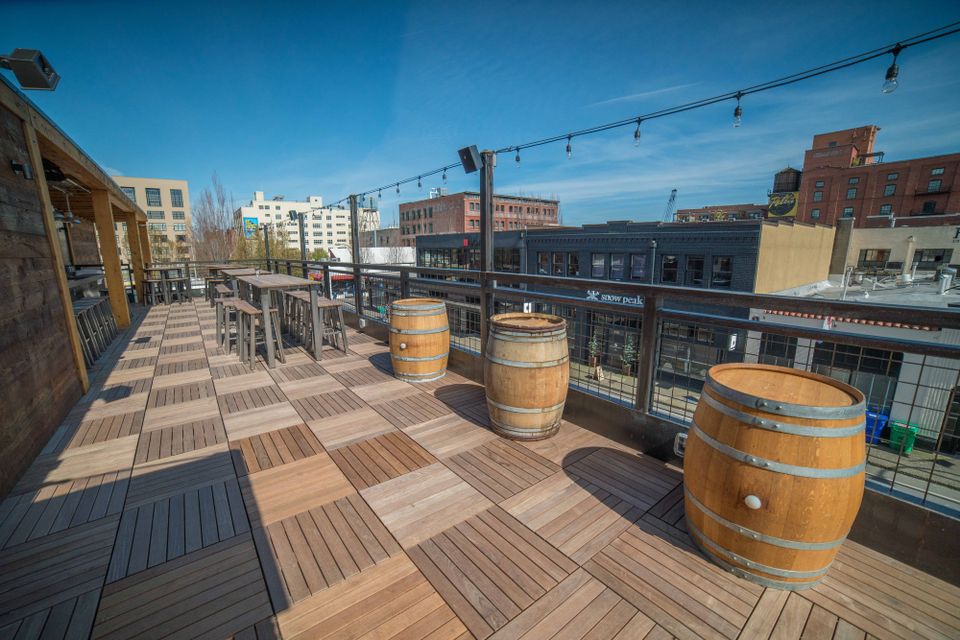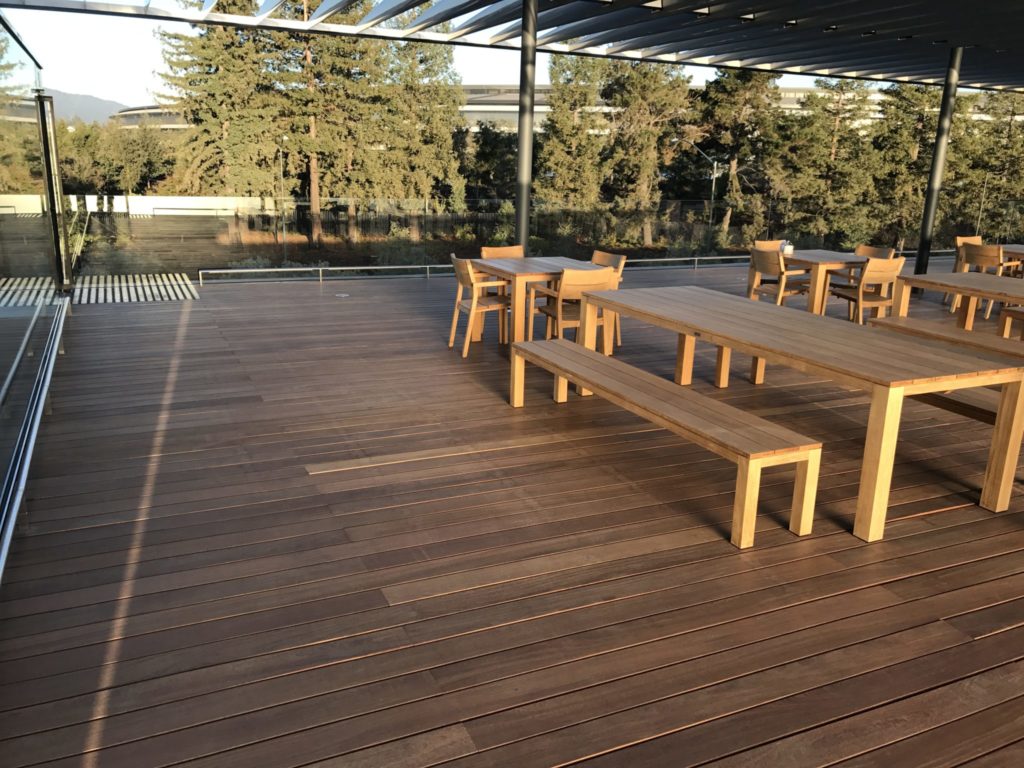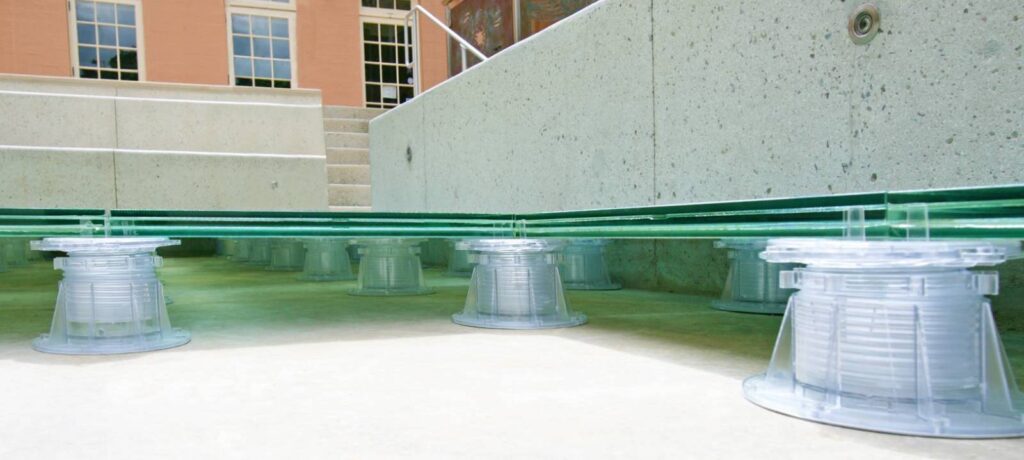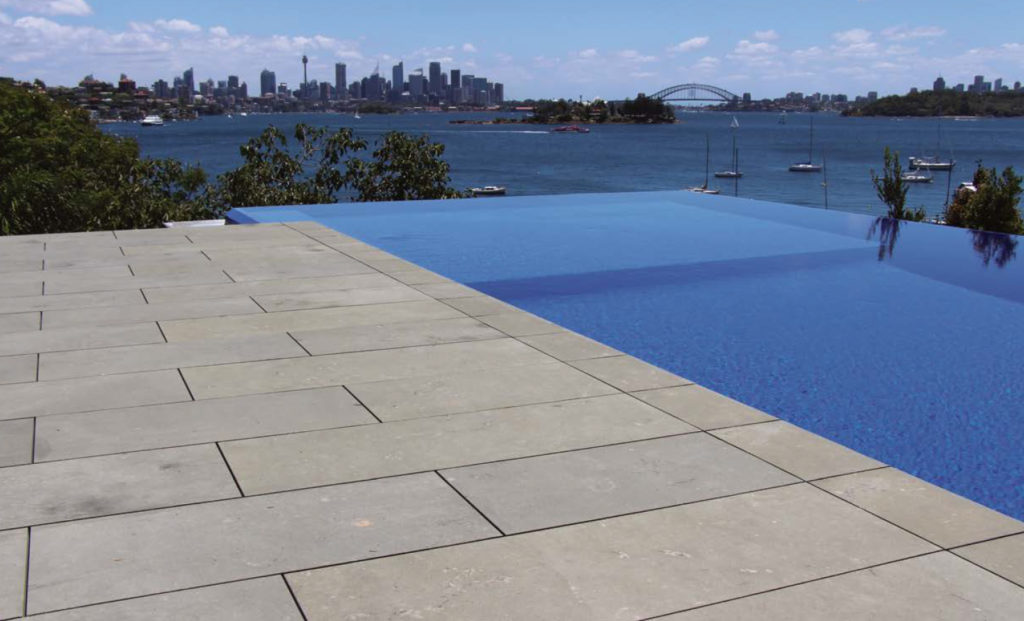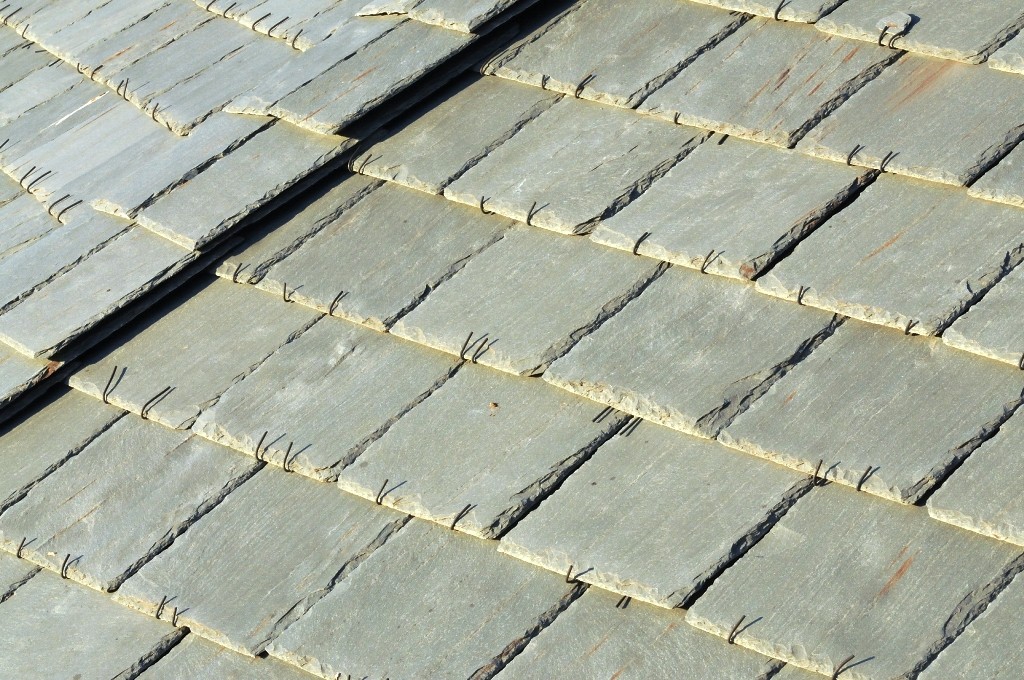Biophilic Design in Urban Spaces
Biophilic design in urban spaces, the practice of integrating natural elements into built environments, is transforming how we experience cities. By infusing nature into our everyday surroundings, we create environments that not only look beautiful but also enhance our well-being. There are psychological and physiological benefits of incorporating natural elements into living spaces, such as reduced stress, improved mood, and enhanced productivity.
The term “biophilia” originates from the Greek words “bio,” meaning life, and “philia,” meaning love or affinity. Humans have long had an affinity for nature. However, with the rise of industrialization and urbanization, many have become increasingly detached from natural environments.
Fortunately, visionary designers and architects are addressing this disconnect by integrating elements of nature into urban settings. Whether it’s a verdant living wall adorning the interior of a high-rise hotel, a tranquil rooftop garden offering respite from the urban hustle, or a public square embellished with natural stone seating, these spaces provide a much-needed escape from the concrete jungle. This blog post celebrates these inspiring examples and aims to inspire further exploration and integration of biophilic design in urban landscapes.
Embracing Nature in Urban Environments
At the Empress Hotel in Victoria, BC, the rooftop terrace and garden serve as a prime example of biophilic design. This space provides a serene vantage point to overlook the harbor and socialize with friends. It also doubles as a functional garden, supplying fresh herbs to the hotel’s restaurants. This dual-purpose use of space enhances the sensory experience of guests and creates a connection to nature that is both practical and pleasurable.
Flowing Harmony: The Charles Korrick Fountain
In Phoenix, Arizona, the Charles Korrick Fountain travels along a stairway and showcases another aspect of biophilic design. This installation not only adds a visually stunning element to the urban landscape but also provides a calming soundscape. As a man walks his dog down the stairs and a young girl plays nearby, the integration of water and stone demonstrates how biophilic design can enrich daily life and bring us to interact with natural elements.
Transforming Urban Spaces into Oasis-like Retreats
Courtyards at this resort are filled with natural rocks, ferns, palms, and flowers, offering a refreshing escape for guests as they step out of their rooms. This lush, green environment contrasts with the built surroundings, providing a rejuvenating visual and sensory experience. The use of Legno wood-look porcelain pavers seamlessly integrates the natural landscape with the architecture, creating a harmonious transition between indoor and outdoor spaces.
Public Squares as Natural Sanctuaries
Public squares designed with biophilic principles, like this one featuring a large stone sitting area with cobblestones of various natural colors underfoot, offer communal spaces that invite relaxation and socialization. The strategically planted trees scattered throughout the square, complemented by natural and accent lighting, cultivate a warm and inviting atmosphere.
This seamless integration of nature and thoughtful design enhances the aesthetic appeal of the space and creates a delightful area for both residents and visitors alike. The high-rise buildings visible through the treetops remind us that even in densely built environments, we can carve out pockets of nature to improve our quality of life.
Elevating Luxury with Nature: The Madama Garden Retreat in Venice
The Madama Garden Retreat in Venice, renowned as one of the top Venetian hotels, has recently undergone a stunning renovation that deepens its connection with nature. The addition of a raised terrace provides guests with an enchanting space to relax and enjoy the lush garden. This natural wood terrace, slightly elevated above the grass, is surrounded by lemon trees, roses, and vibrant greenery, creating a serene oasis amidst the picturesque city on the sea.
Supported by Buzon PB-Series pedestals and the U-BRS-WOOD aluminum joists system, the terrace maintains an elevated, stable surface, ensuring decades of worry-free enjoyment for the hotel’s proprietors. Cutaway openings in the deck allow lemon trees to rise through, forming an overhead lattice that immerses guests in the natural surroundings. This harmonious blend of design and nature exemplifies the essence of biophilic design, offering a tranquil retreat that creates a deep connection with the environment.
CityScape: The Biophilic Design in Urban Phoenix
In the heart of a bustling plaza, this massive inverted and truncated conical structure, carved from a 20-ton block of granite, serves as a stunning water feature that embodies the essence of biophilic design. The gentle sound of flowing water creates a soothing auditory backdrop to the vibrant interactions of people who intentionally gathered here for its serene and inviting setting. As the camera zooms out, a lively scene is revealed: restaurant outdoor seating filled with people socializing and dining, with a seamless transition between indoor and outdoor spaces. Underfoot, natural stone pavers add a grand and majestic feeling to the landscape, further connecting the built environment with nature. The water features at Phoenix CityScape showcase how biophilic design can enhance our everyday experiences in urban spaces.
Working on a Biophilic Design Project?
How Can We Contribute to Your Next Project?
HDG products are integral to biophilic design in urban spaces. We offer a range of sustainable materials, including wood and composite decking and siding, natural stone, Buzon pedestals, and other paver products. Our wood products are available in both FSC® and non-FSC options, each with its own sustainability story.
Explore our decking and paving solutions to see how they can enhance your projects and contribute LEED points. Regardless of your expertise or project experience level, HDG Building Materials is here to support you from concept to completion. Contact us to discuss your next project.


